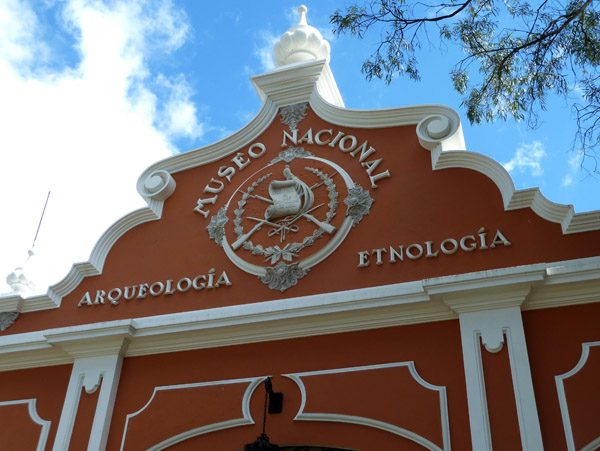
Museo Nacional Arqueología y Etnología, Guatemala |
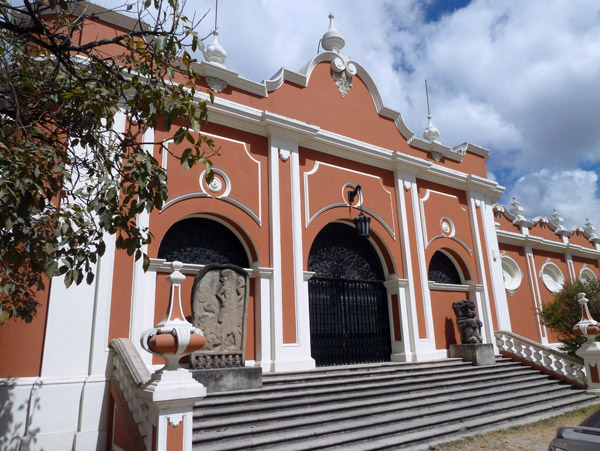
Most tourists avoid Guatemala City like the plaque, but the National Archaeological Museum is highly worthwhile |
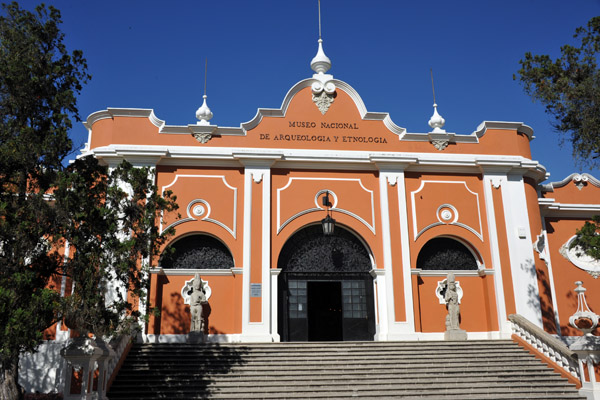
National Archaeological and Ethnological Museum, Guatemala City |
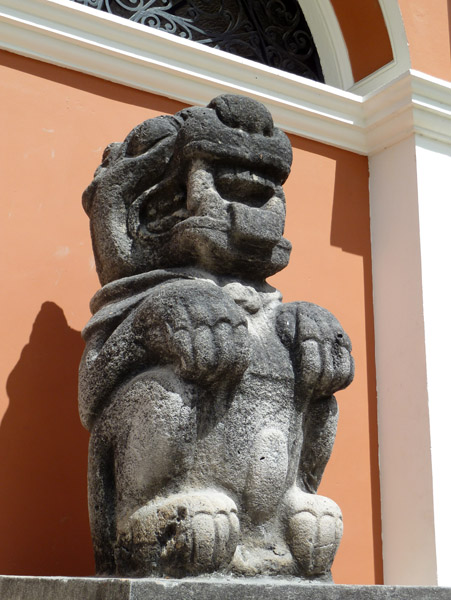
Statue outside the National Archaeological Museum |
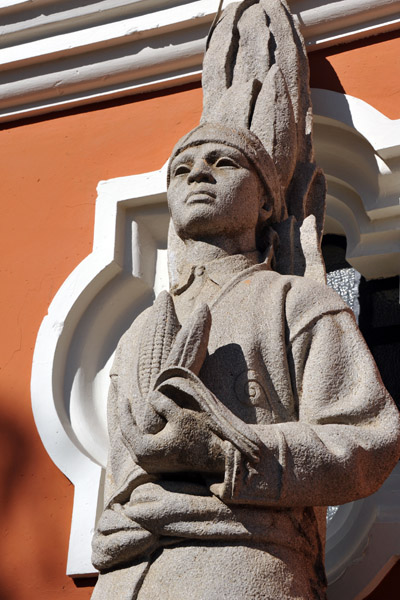
Mayan deity in front of the National Archaeological Museum |

National Archaeological Museum, Guatemala City |
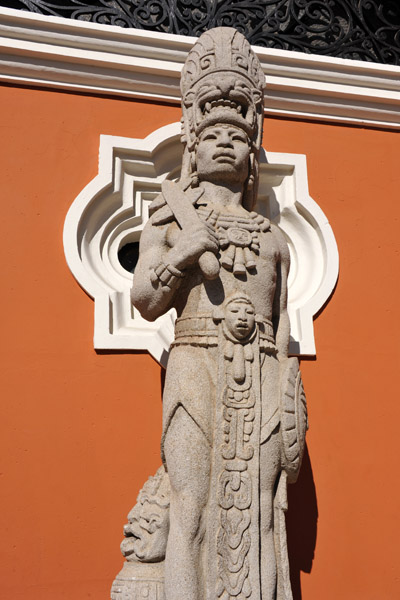
MUNAE, Guatemala City |
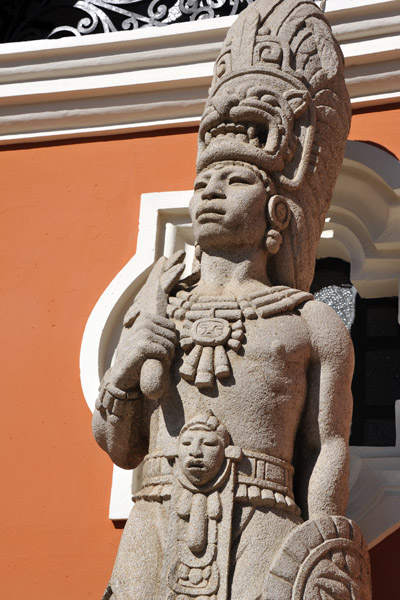
Mayan Warrior in front of the National Archaeological Museum |
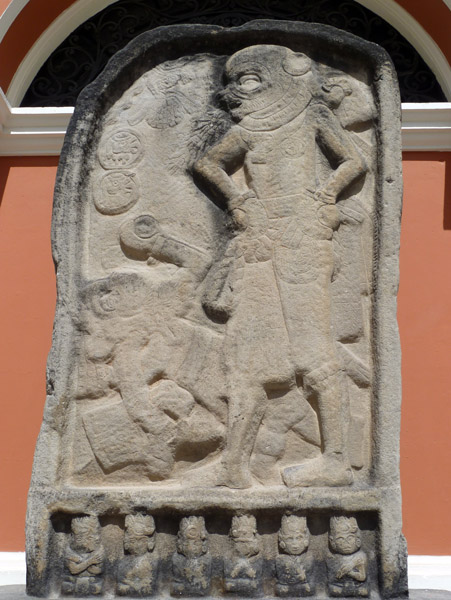
Stela in front of the National Archaeological Museum, Guatemala City |
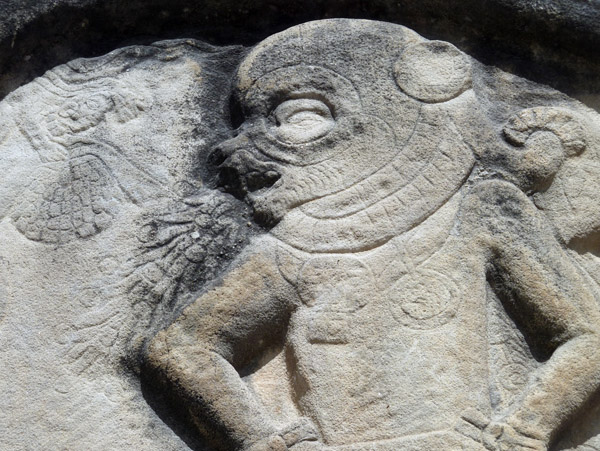
Detail of a stela in front of the MUNAE |
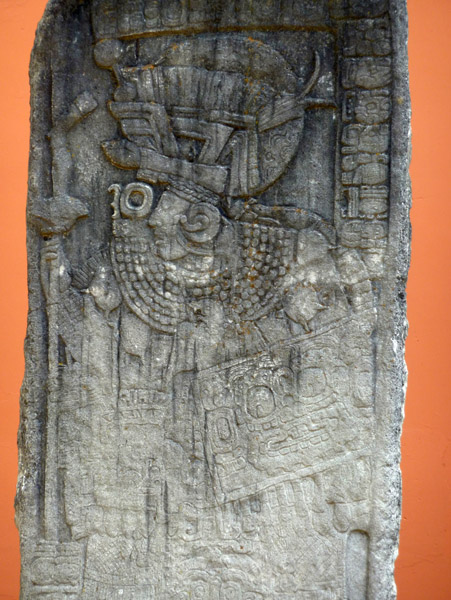
Detail of another stela in front of the MUNAE |
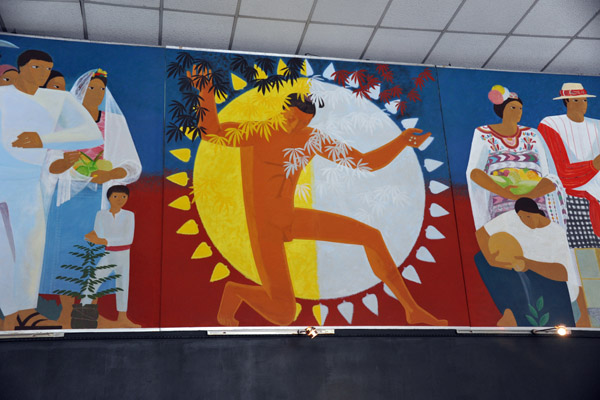
Mural in lobby of the National Museum of Archaeology and Ethnology, Guatemala City |
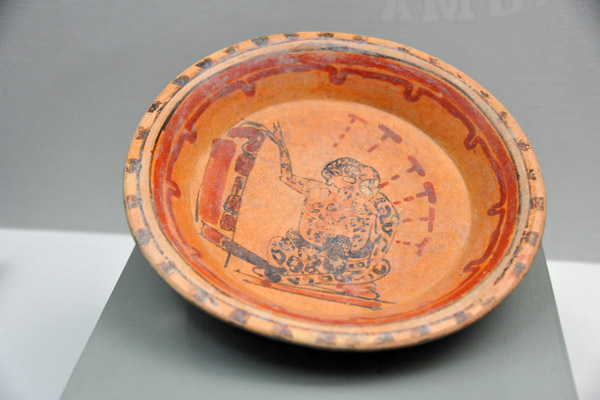
Polychromatic tripod vase, Lowlands - Early Classic Period, 250-600 AD |
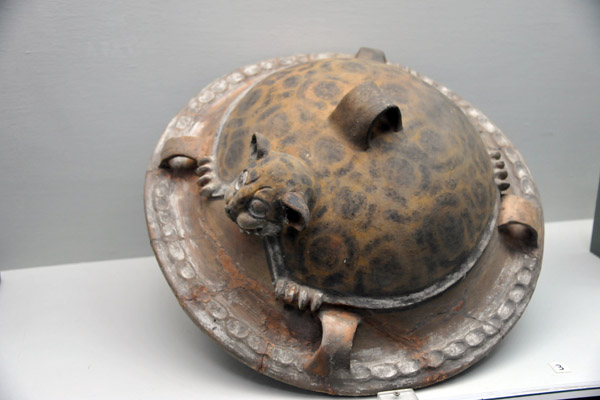
Quiché lid, Late Classic Period, 600-925 AD |
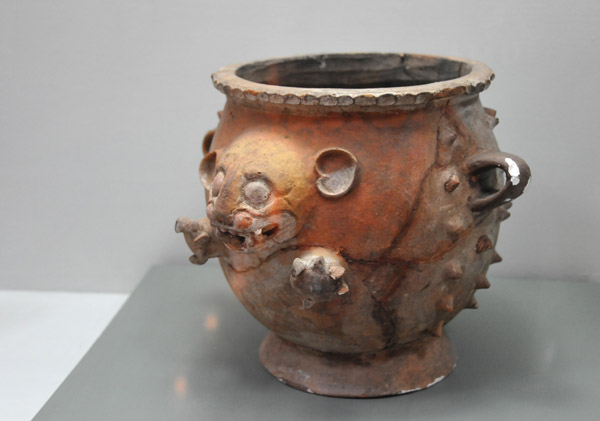
Quiché Urn, Late Classic Period, 600-925 AD |
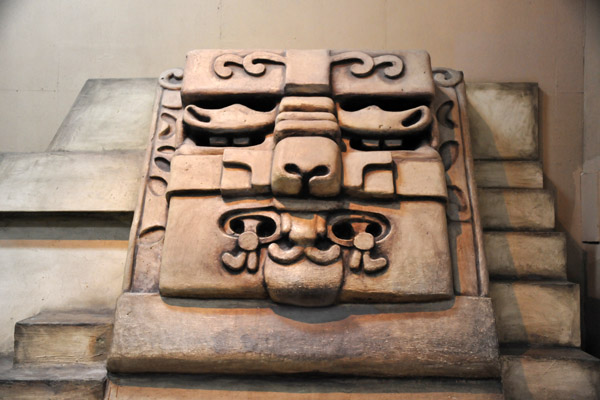
Mask of Uaxactun, from 40 km north of Tikal |
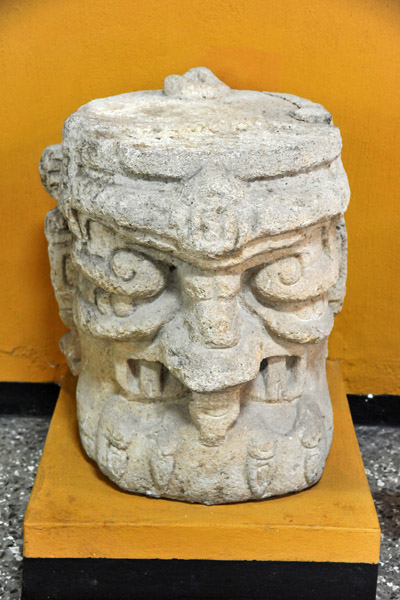
Altar Base No. 4, Kaminaljuyu, Terminal Preclassic 200 BC-200 AD |
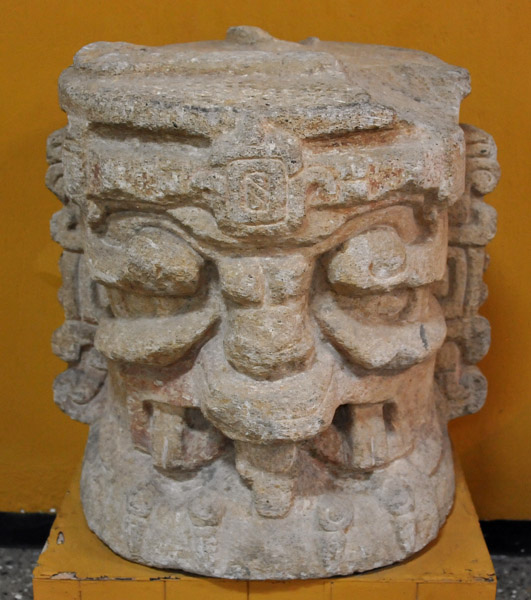
Altar Base No. 5, Kaminaljuyu, Terminal Preclassic 200 BC-200 AD |
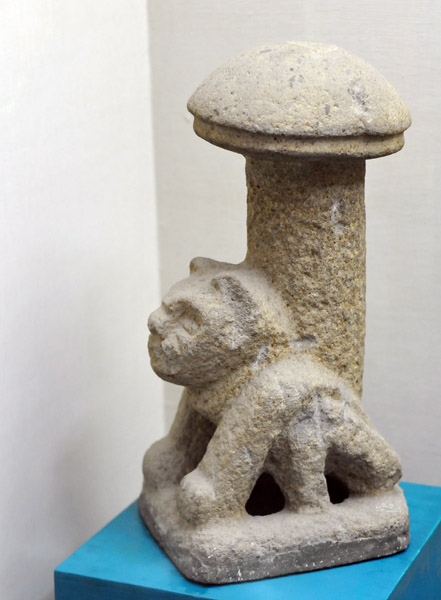
Sculpture with a form of a fungus, Kaminaljuyu, Late Preclassic Period, 250 BC-250 AD |
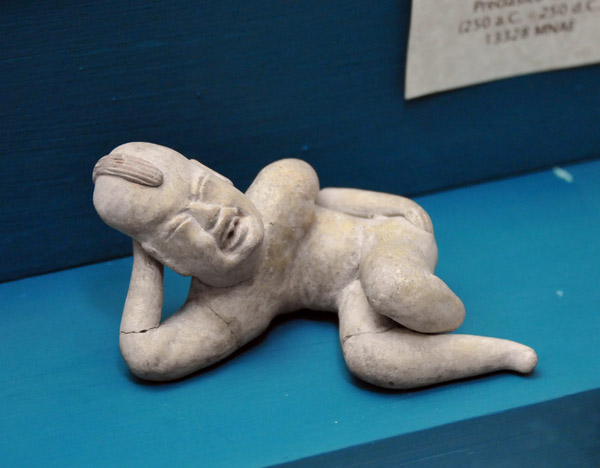
Anthropomorphic Figurine, Villa Nueva (Highlands), Late Preclassic 250 BC-250 AD |
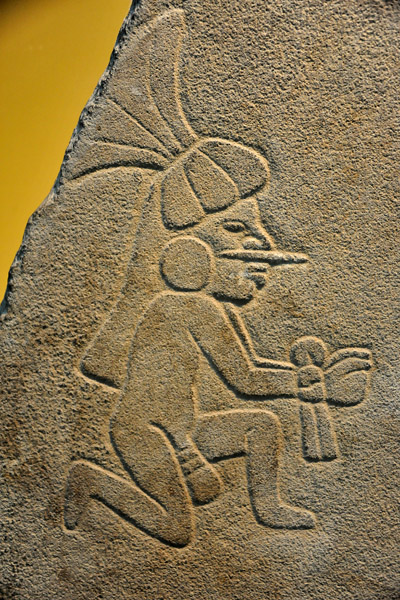
Detail of Monument 65 from Kaminaljuyu, Late Preclassic Period, 200 BC-200 AD |
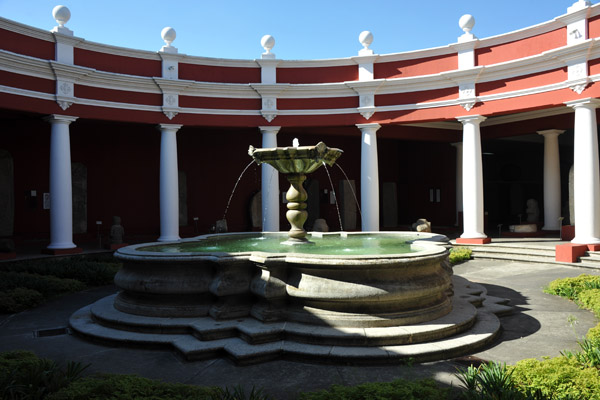
Courtyard of the National Museum of Archaeology and Ethnology, Guatemala City |
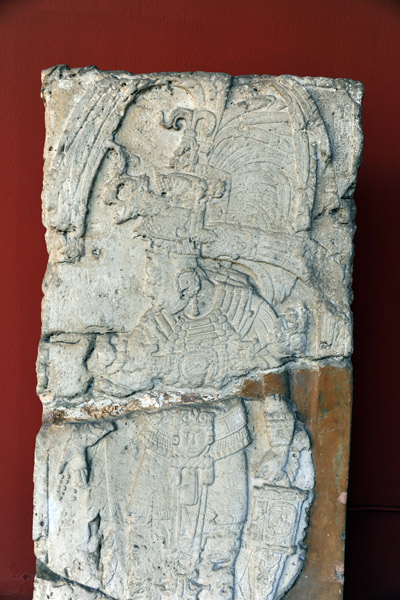
Stele 13, Piedras Negras, 771 AD |
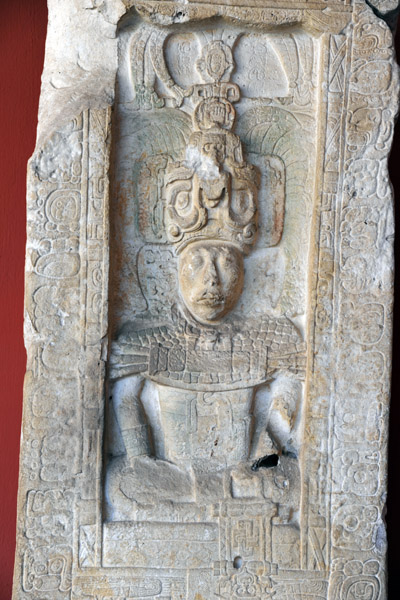
Stela 6, Piedras Negras, 687 AD |
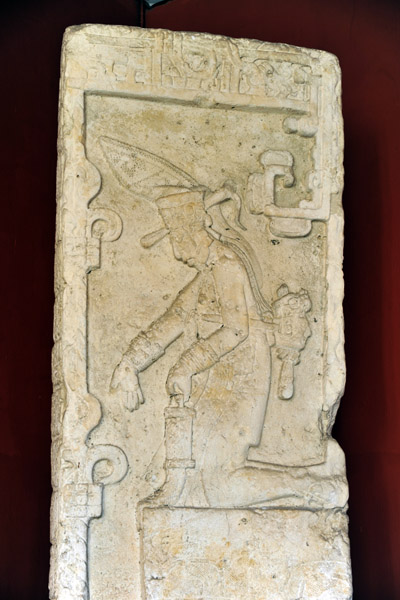
Stela 40, Piedras Negras, 766 AD |
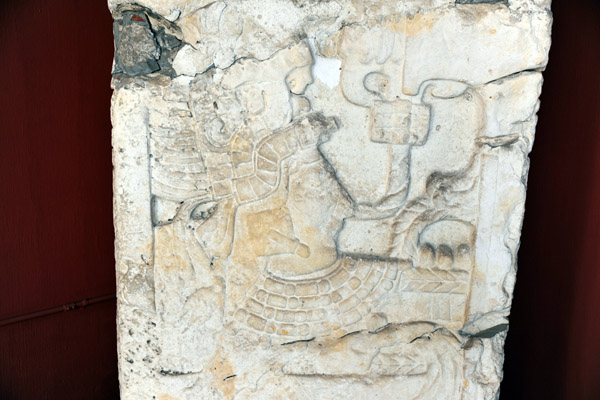
Reverse, Stela 40, Piedras Negras, 766 AD |
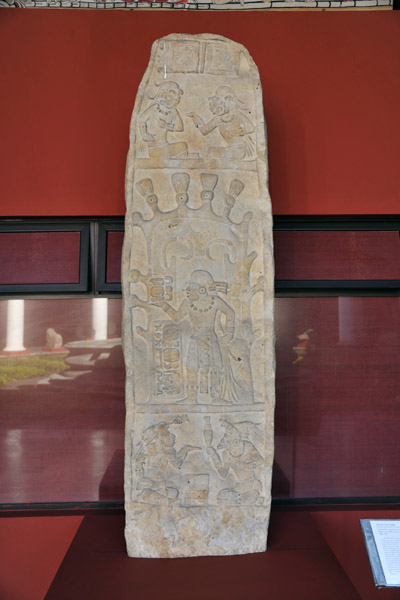
Stela 3 of Ceibal (Petén), Late Classic Period, 810 AD |
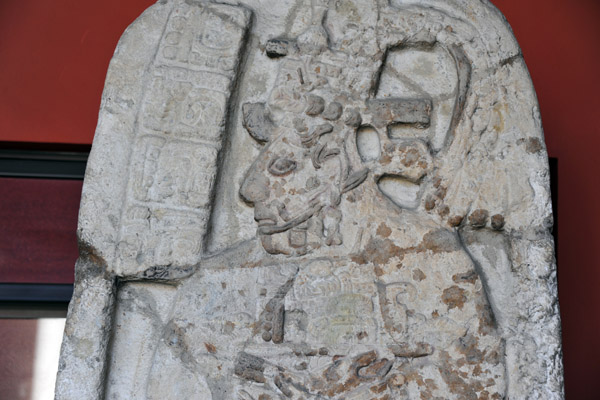
Stela 24, Naranjo, 699 AD |
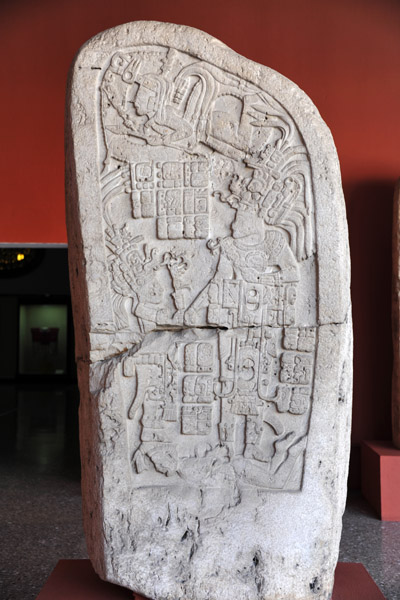
Stele 4, Ucanal (Petén), Late Classic Period, 849 AD |
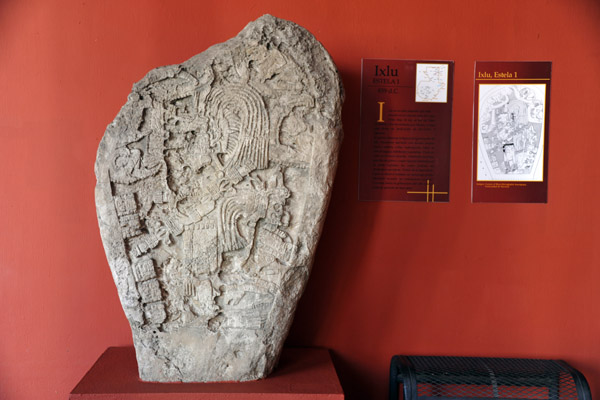
Stela 1, Ixlu, 859 AD |
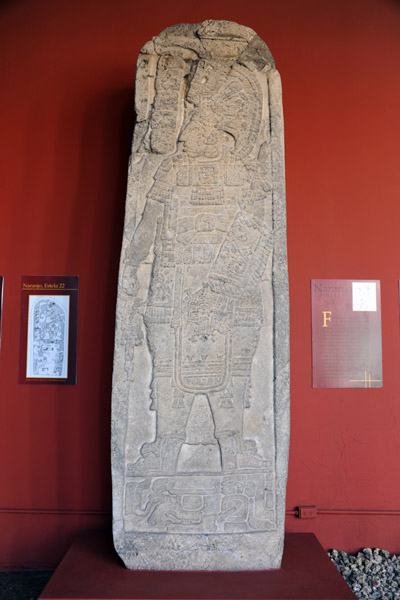
Stela 2, Naranjo, 716 AD |
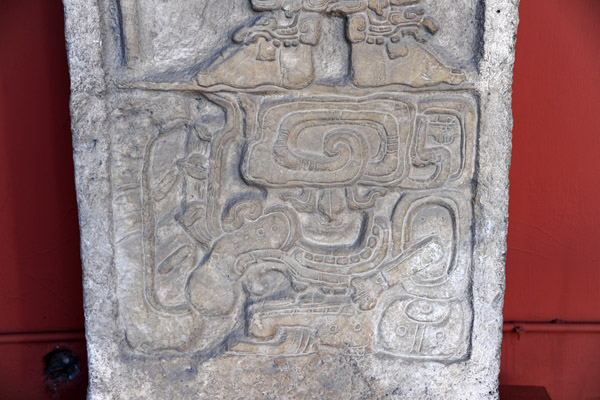
Detail of Stela 3, Tamarindito (Petén), Late Classic Period, 600-900 AD |
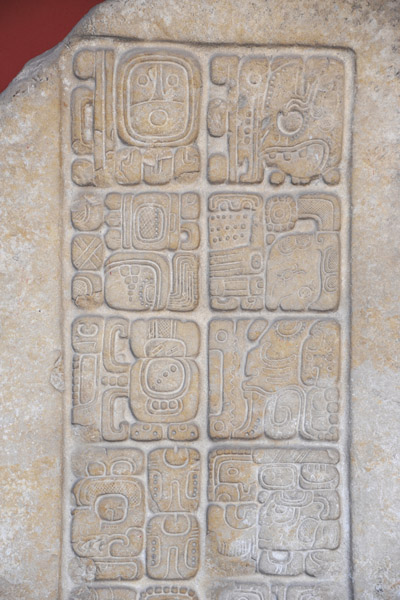
Hieroglyphics on Stela 4, Ixtutz, 780 AD |
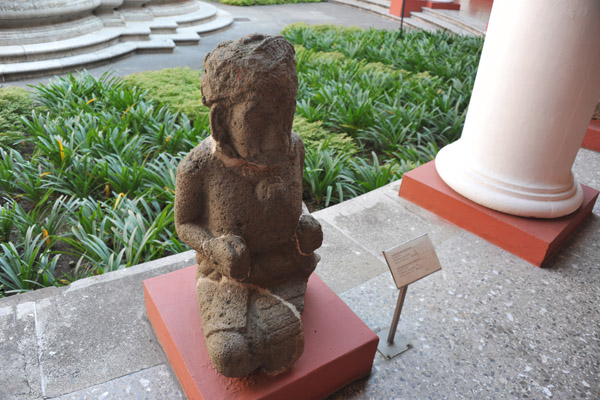
Anthropomorphic Sculpture, El Obrero, Classic Period 250-900 AD |
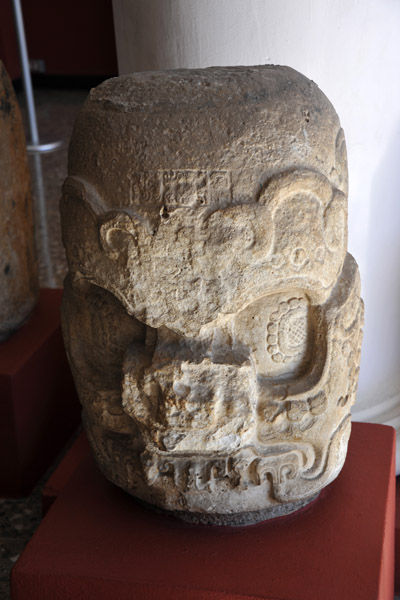
Altar Support, Piedras Negras (Petén), Late Classic, 790 AD |
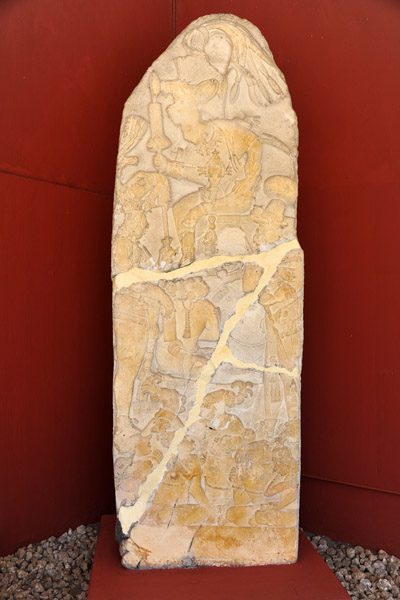
Stela 12, Piedras Negras, 795 AD |
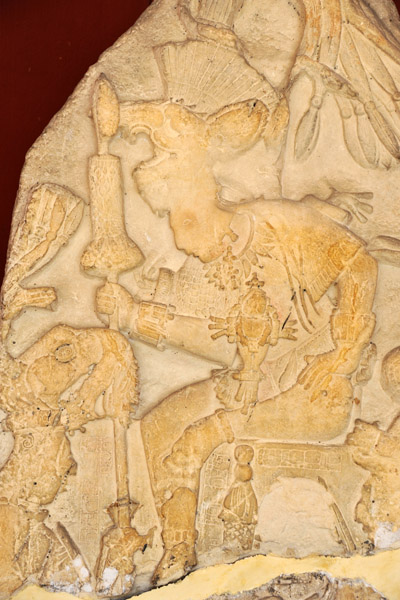
Detail of Stela 12 from Piedras Negras, 795 AD |
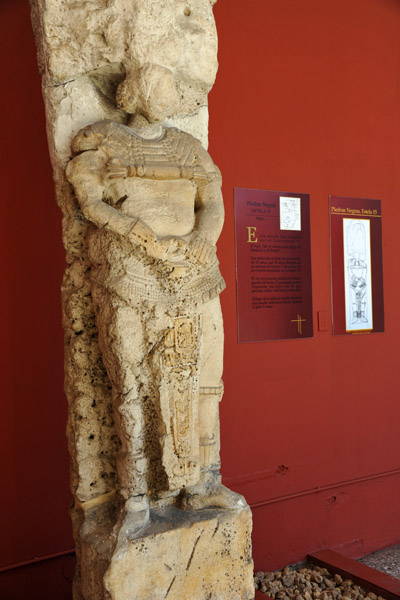
Stele 15, Piedras Negras, 785 AD |
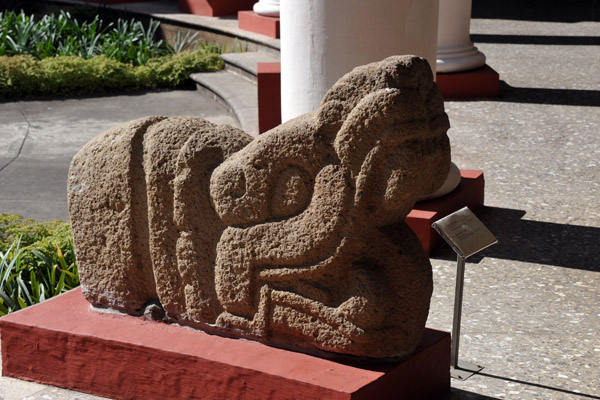
Zoomorphic Tenon, South Coast, Lake Preclassic Period 250 BC-250 AD |
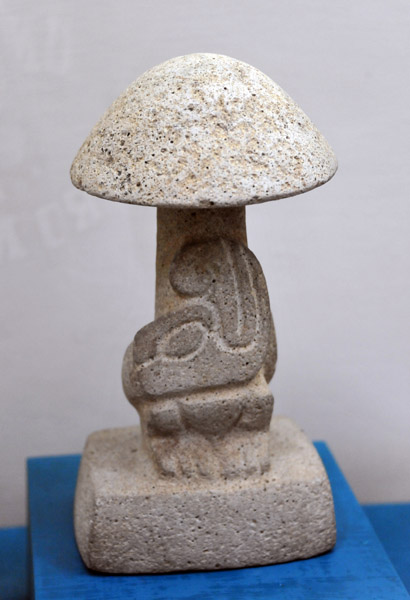
Hongo Zoomorfo, Kaminaljuyu, Late Preclassic Period, 400 BC-100 AD |
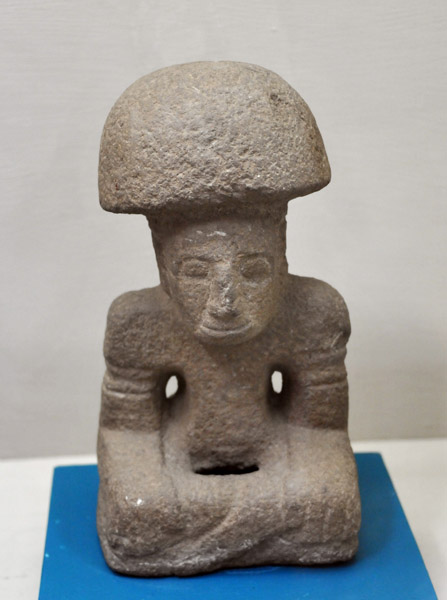
Hongo Antropomorfo, Kaminaljuyu, Late Preclassic Period 400 BC-100 AD |
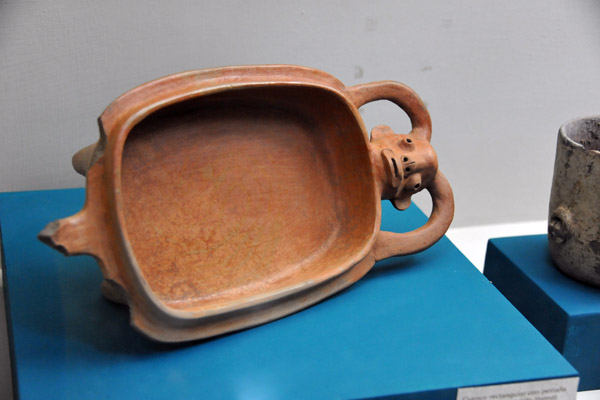
Rectangular tray with monkey-shaped handle, Kaminaljuyu, Preclassic Period, 2000 BC-250 AD |
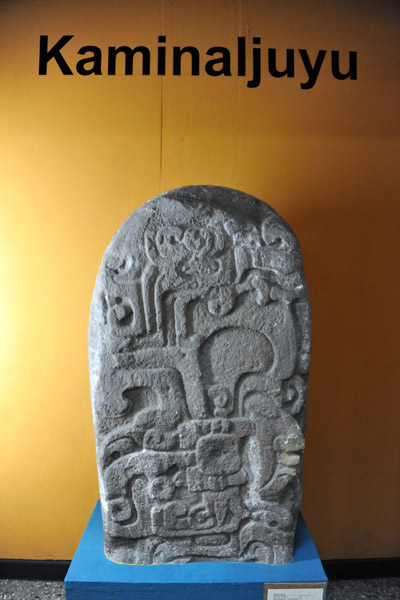
Kaminaljuyu - major Mayan archaeological site in the area of what is now Guatemala City |
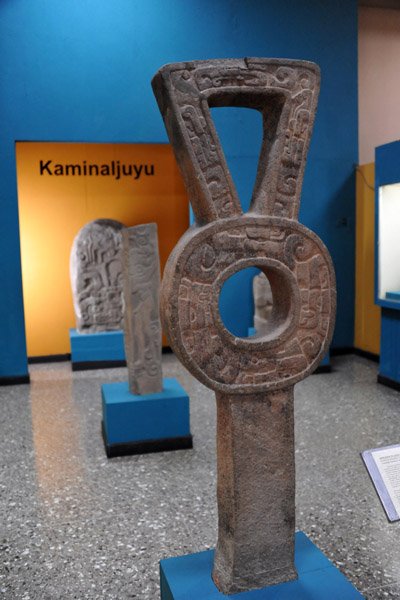
Marker from a Ball Court, Kaminaljuyu, Late Preclassic Period 300 BC-250 AD |
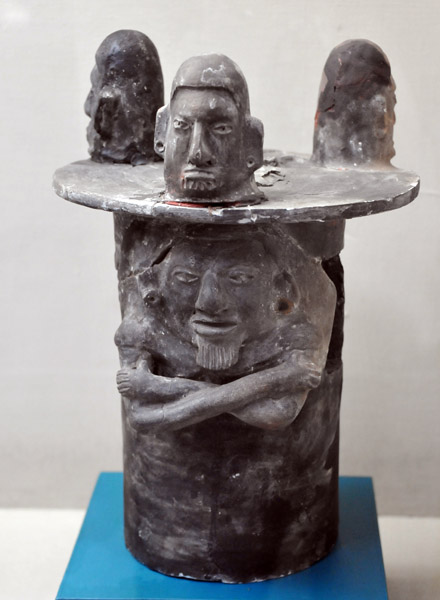
Incense burner with three heads, Kaminaljuyu, Late Preclassic Period, 250 BC-250 AD |
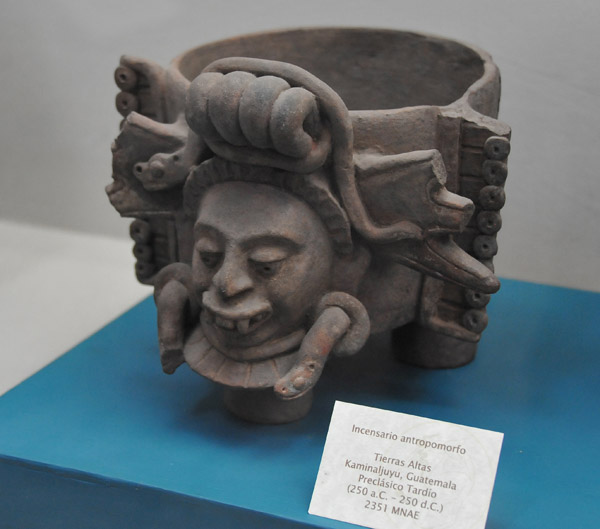
Anthropomorphic Incense Burner, Kaminaljuyu, Late Preclassic Period, 250 BC-250 AD |
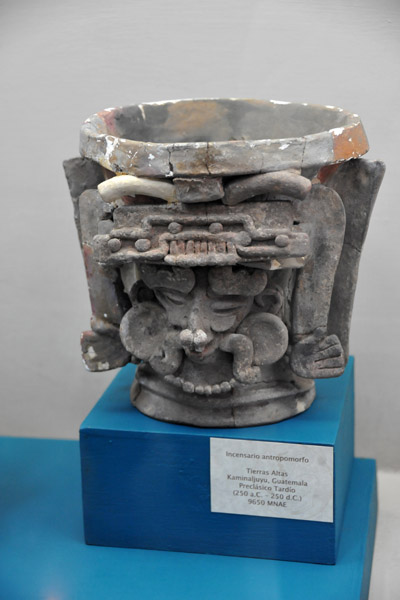
Anthropomorphic Incense Burner, Kaminaljuyu, Late Preclassic Period, 250 BC-250 AD |
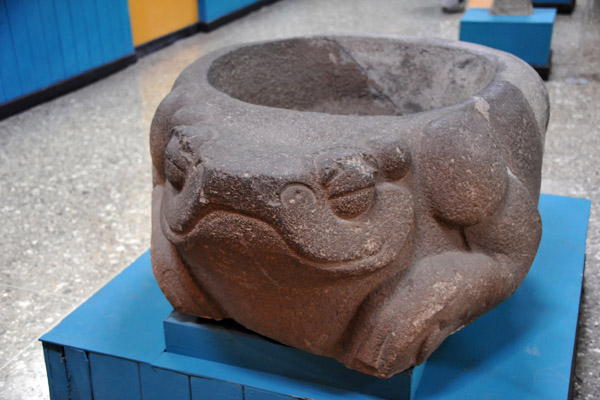
Zoomorphic Sculptured, Kaminaljuyu, Late Preclassic Period 200 BC-200 AD |
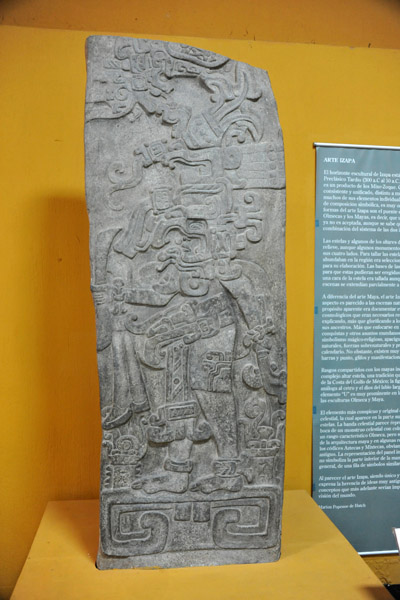
Stela 11, Kaminaljuyu, Late Preclassic, 200 BC-200 AD |
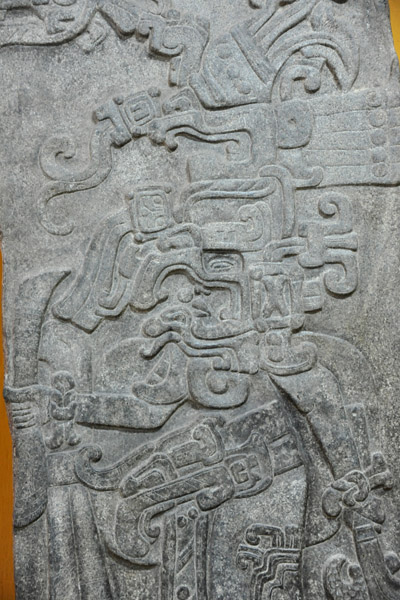
Detail of Stela 11 from Kaminaljuyu |
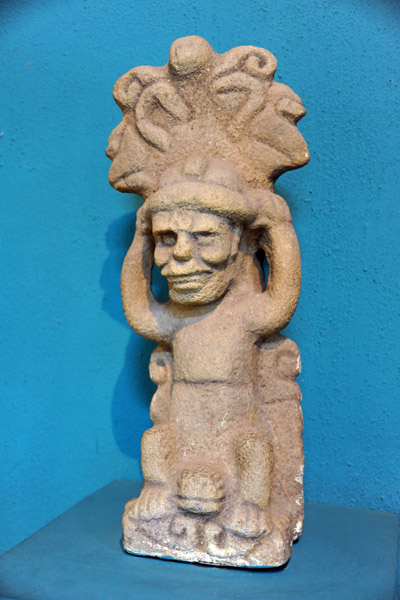
Anthropomorphic Sculpture, Kaminaljuyu, Preclassic Period 2000 BC-250 AD |
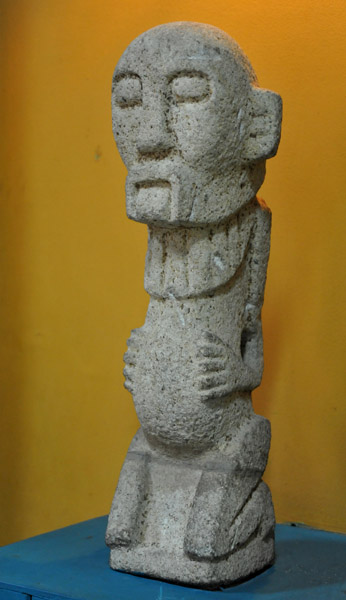
Anthropomorphic Pedestal Sculpture, Malacatán, South Coast, Middle Preclassic Period, 800 BC-300 AD |

Diorama of Mayan village life, National Archaeological Museum |
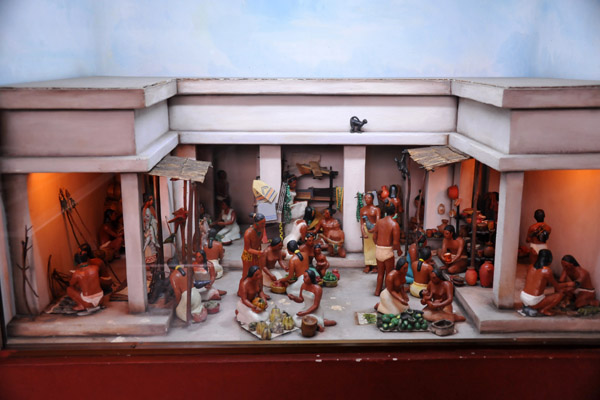
Diorama of a Mayan market, National Archaeological Museum |
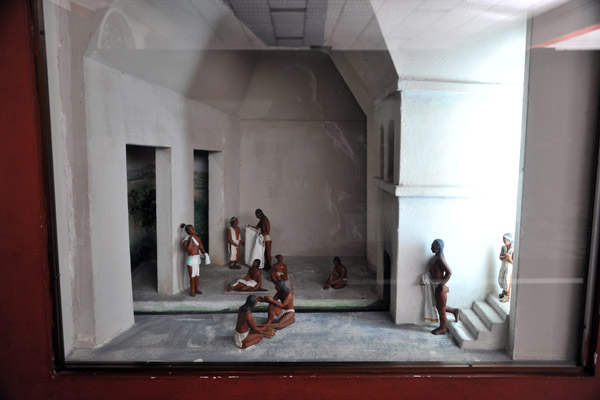
Diorama of a Mayan steam bath (Temascal) |
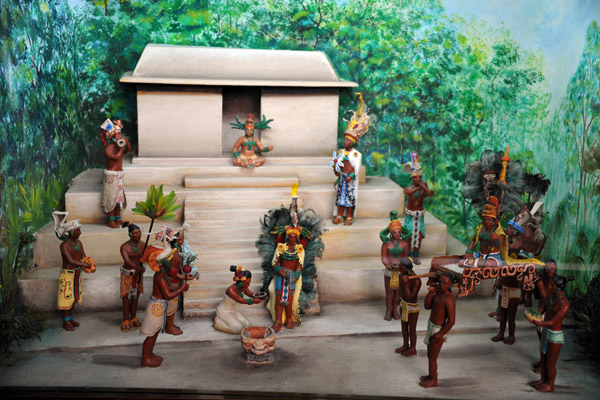
Diorama of a Mayan temple ceremony |
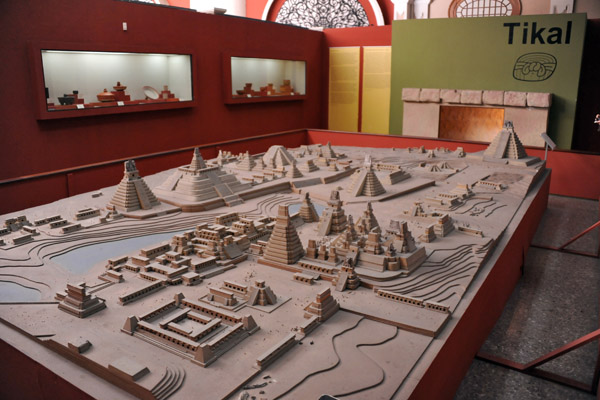
Model of the Mayan city of Tikal at its peak |
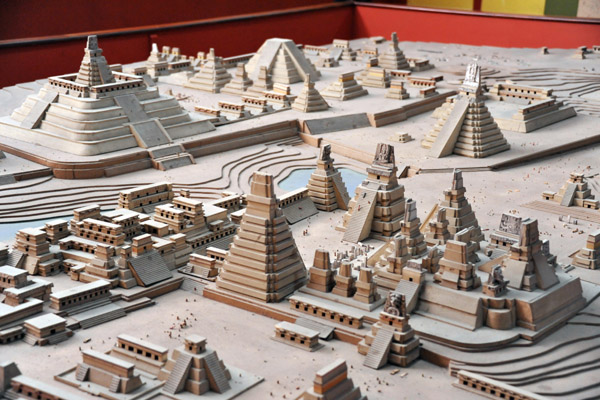
Model of central Tikal |
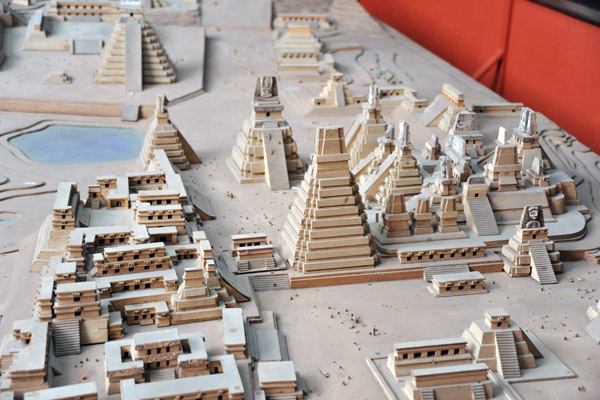
Model of central Tikal - Gran Plaza |
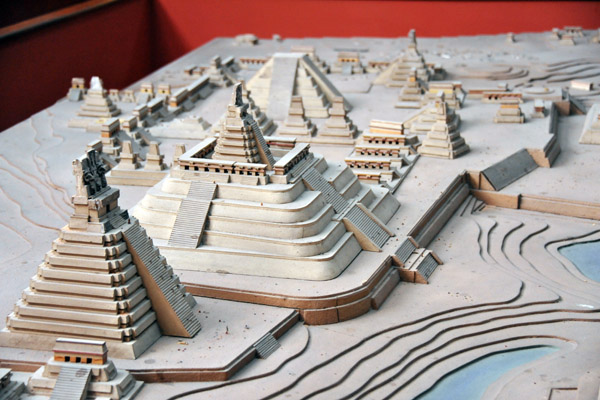
Model of Tikal - Southern Acropolis and Templo V |
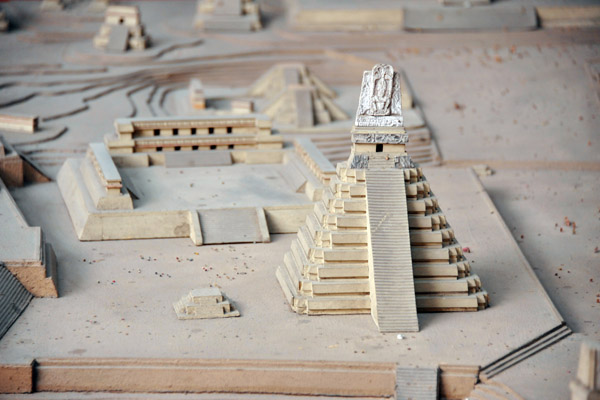
Model of Tikal - Templo III |
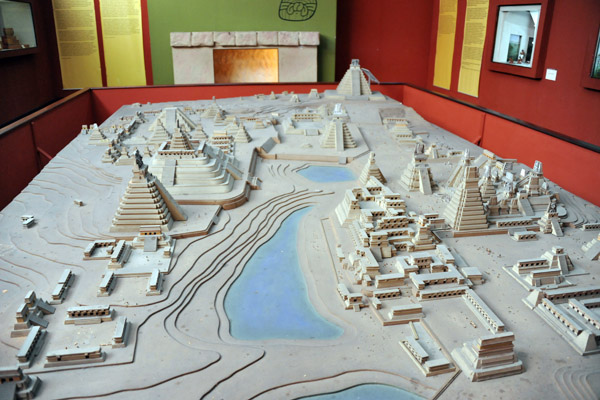
Model of the City of Tikal, Museo Nacional Arqueología |
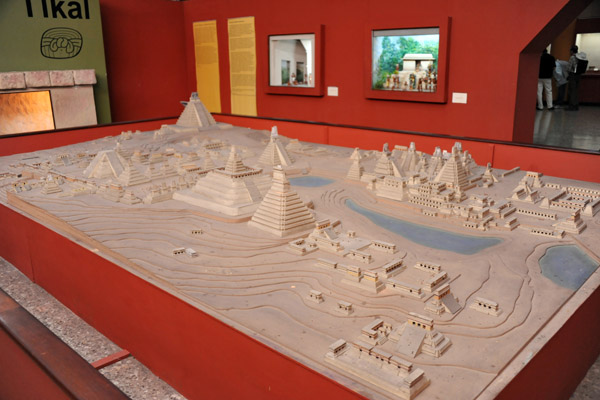
Model of the City of Tikal, Museo Nacional Arqueología |
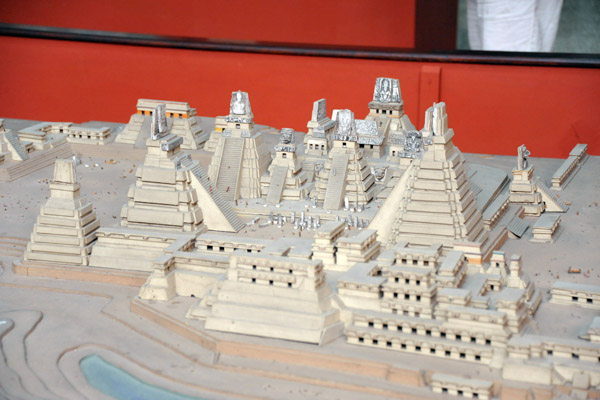
Model of Tikal - Gran Plaza |
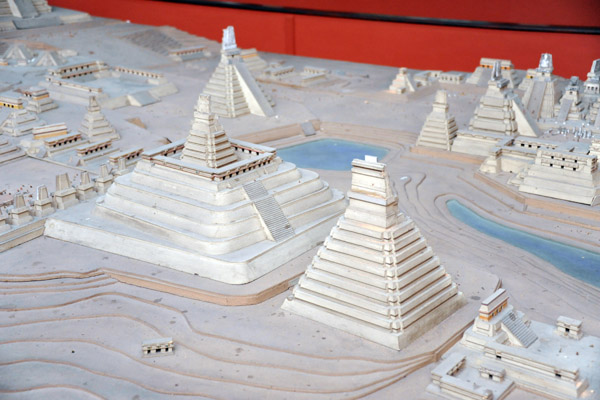
Model of Tikal - Southern Acropolis |
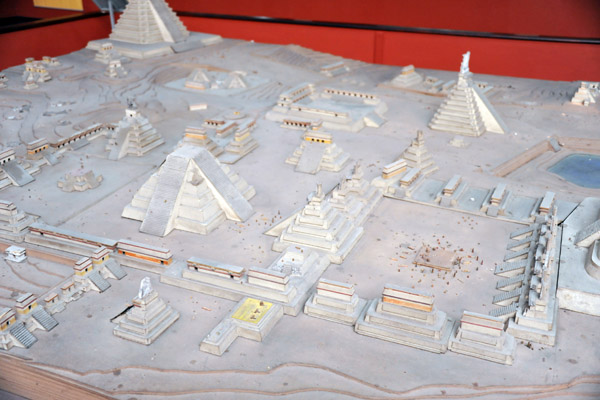
Model of Tikal - Plaza of the 7 Temples & Lost World |
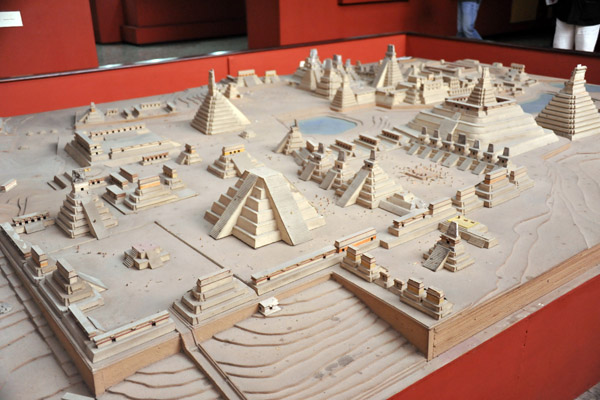
Model of Tikal seen from the northwest |
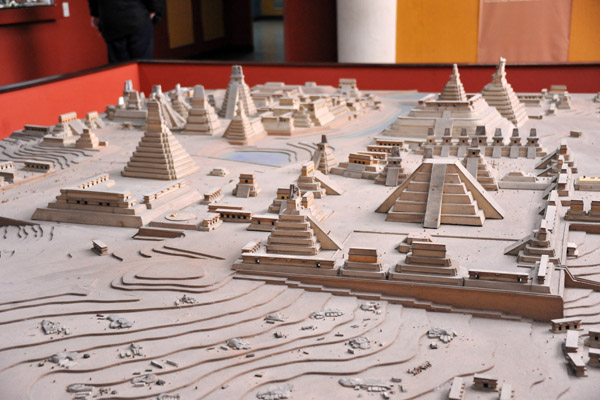
Model of Tikal |
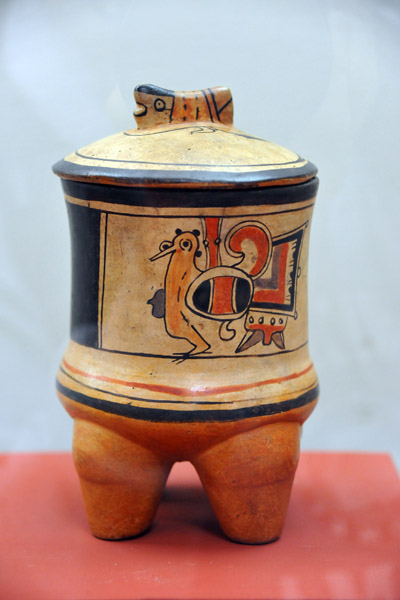
Polychromatic tripod vase, Tikal, Classical Period, 250-600 AD |
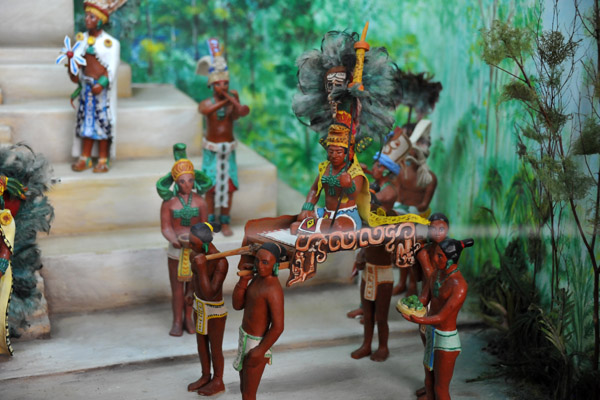
Diorama of Mayan Rituals - the Ruler being carried |
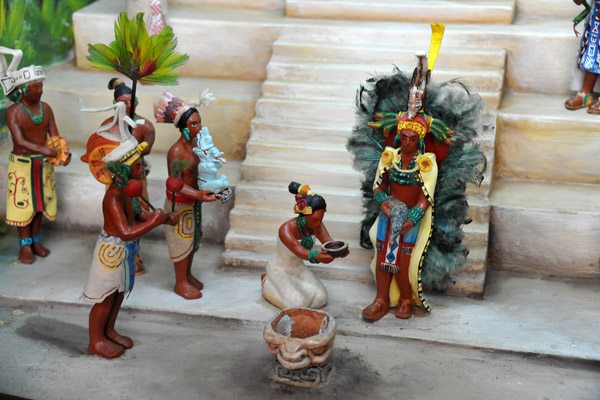
Diorama of Mayan Rituals - sacrifice |
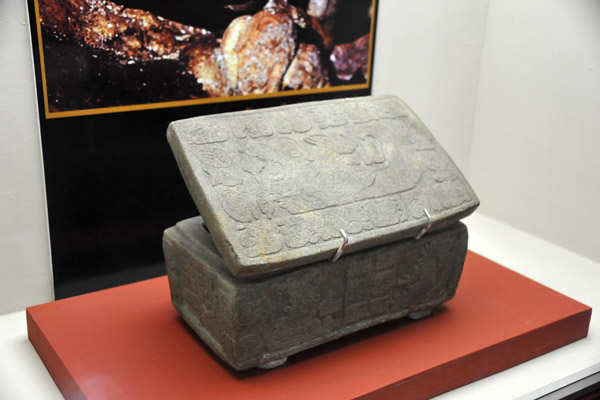
Hun Nal Ye - La Caja de Piedra, the stone box |
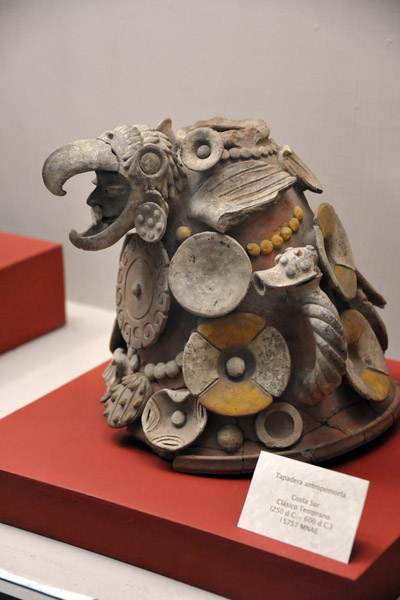
Anthropomorphical "Tapadera" - South Coast, Early Classical 250 BC-600 AD |
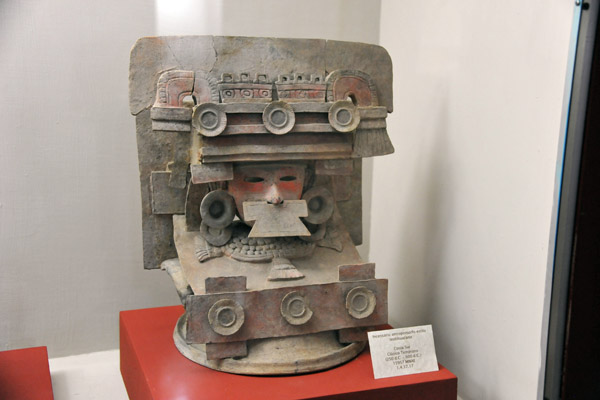
Anthropomorphical incense burner of the Teotihuacan Style, South Coast, Early Classic Period 250 BC-600 AD |
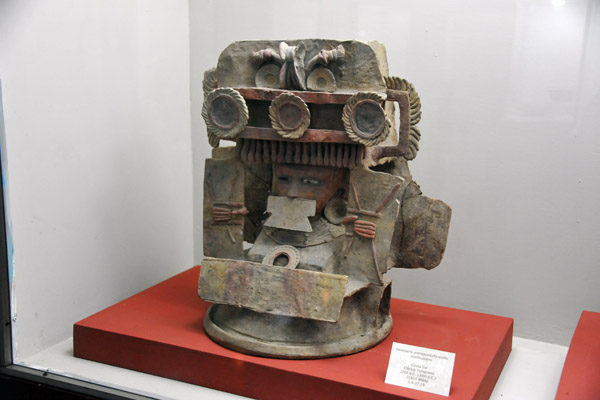
Anthropomorphical incense burner of the Teotihuacan Style, South Coast, Early Classic Period 250 BC-600 AD |
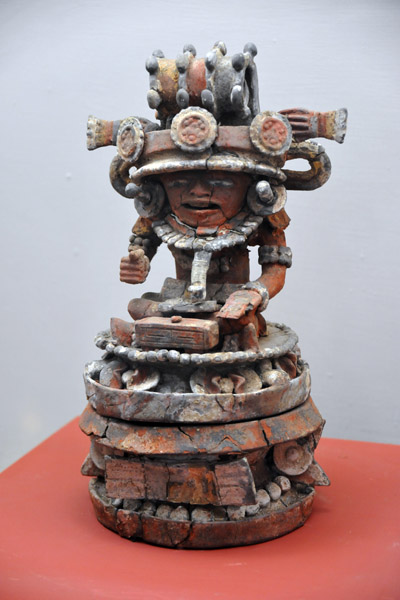
Anthropomorphical incense burner of the Teotihuacan Style, Kaminaljuyu, Early Classic Period 250 BC-600 AD |
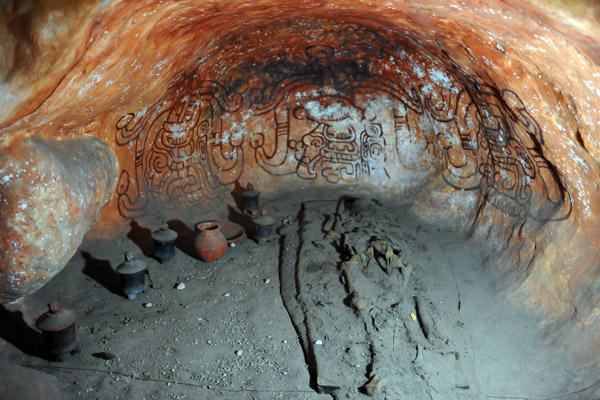
Burial cave, Rio Azul |
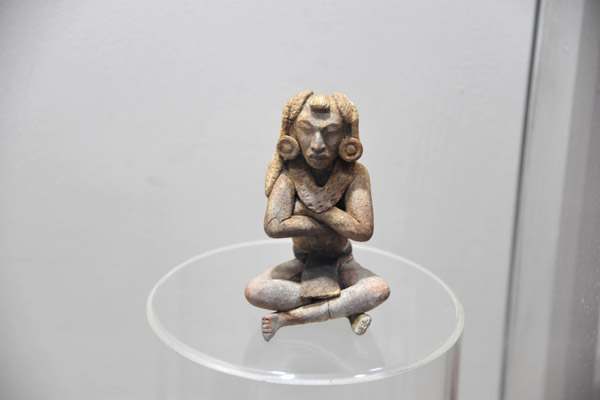
Figurine |
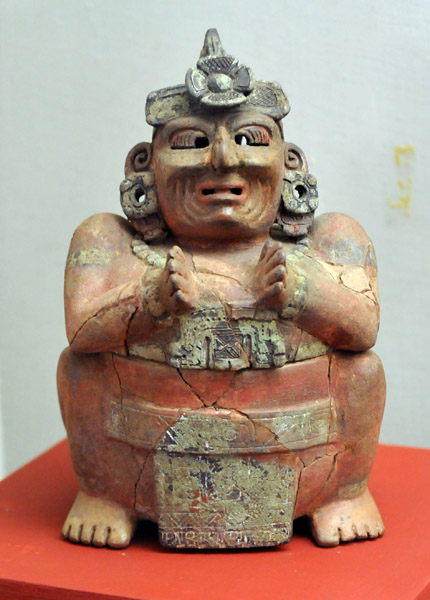
stuccoed anthropomorphic vessel with lid, Kaminaljuyu, Early Classical Period 250 BC-600 AD |
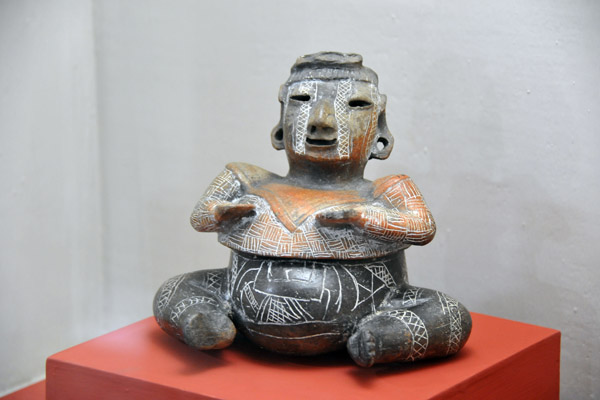
"Cuenco" with lid, Uaxactun, Petén, Early Classical 250 BC-550 AD |
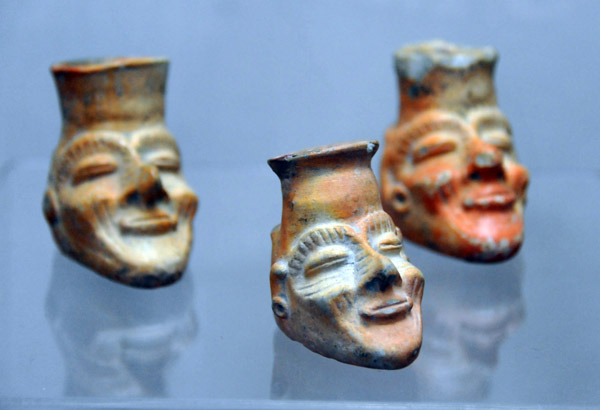
Stamps, Molds and Miniatures, Classical Period, 250-900 AD |
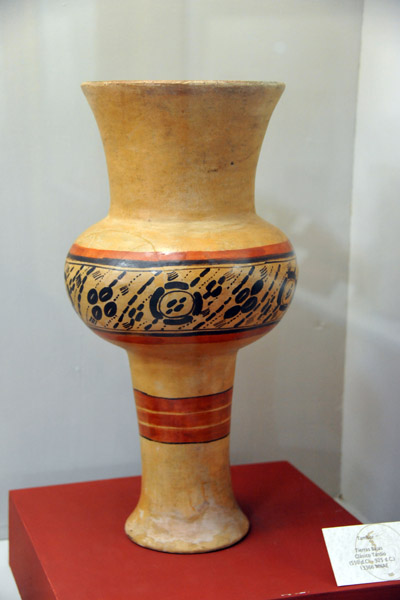
Drum, Late Classical Period, 550-925 AD |
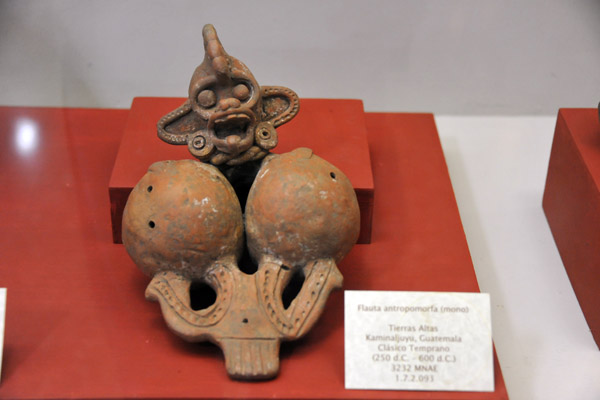
Monkey-shaped flute, Kaminaljuyu, Early Classic Period, 250-600 AD |
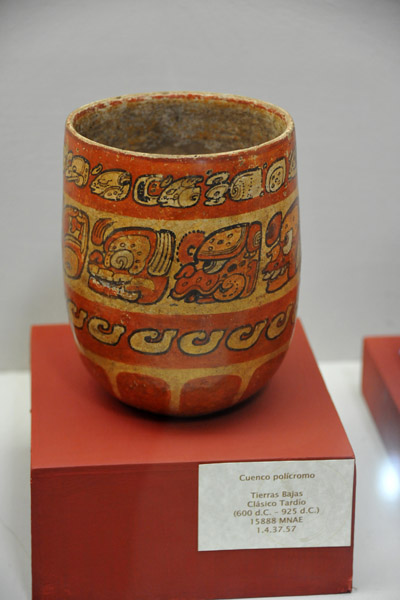
Polychromatic vessel, Lowlands, Late Classic Period 600-925 AD |
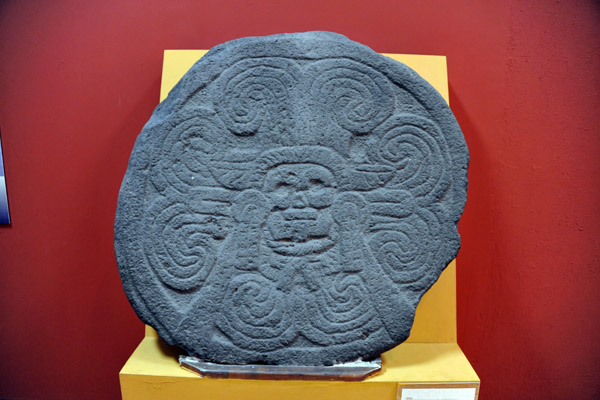
Altar, South Coast, Lake Classic 600-900 AD |
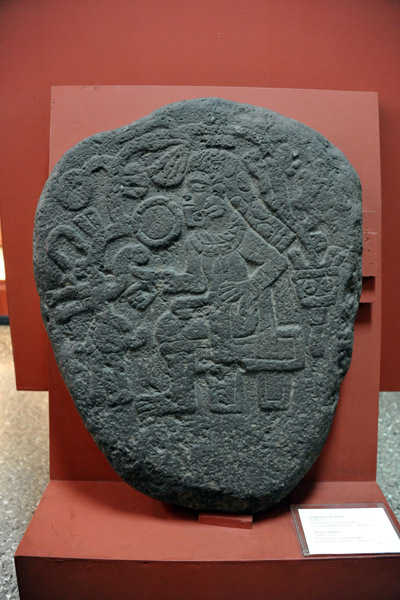
Stela Fragment, Palo Gordo (South Coast), Late Classic Period 600-900 AD |
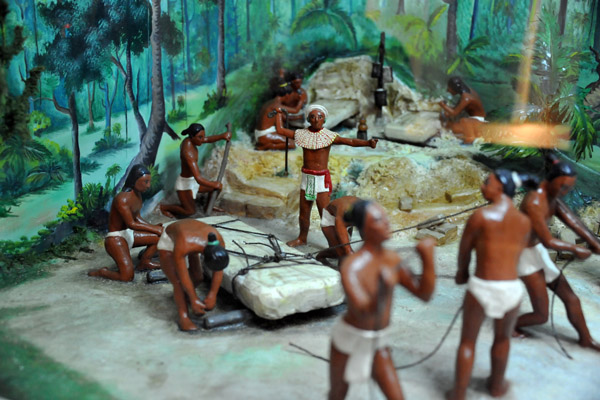
Diorama of the transportation of a Mayan stela |
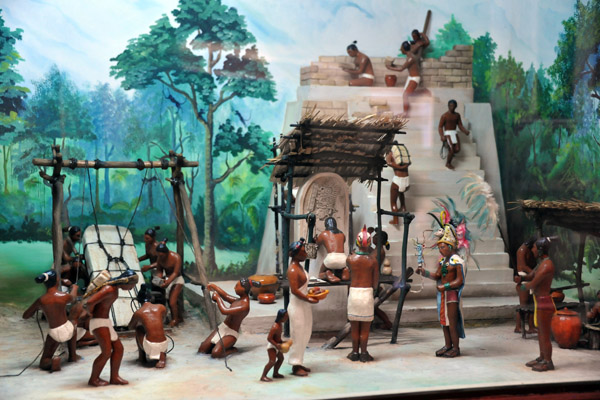
Diorama of the carving and erection of a Mayan stela |
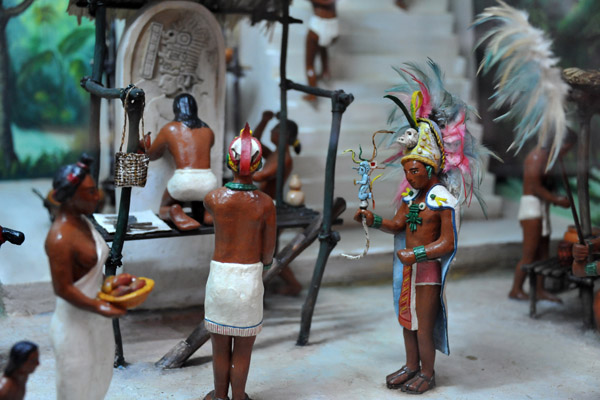
Diorama of the carving of a Mayan stela |
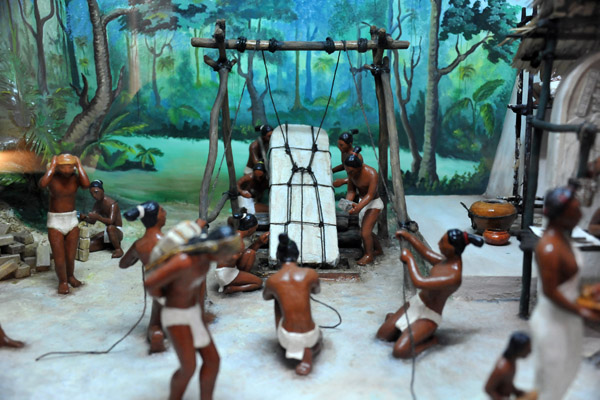
Diorama of the erection of a Mayan stela |
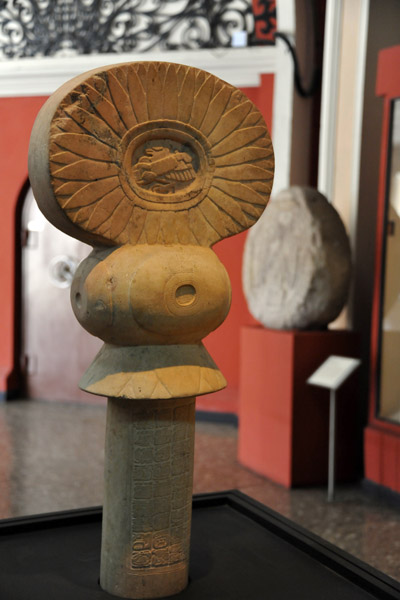
Commemorative Marker, Tikal, Classic Period 250-900 AD |
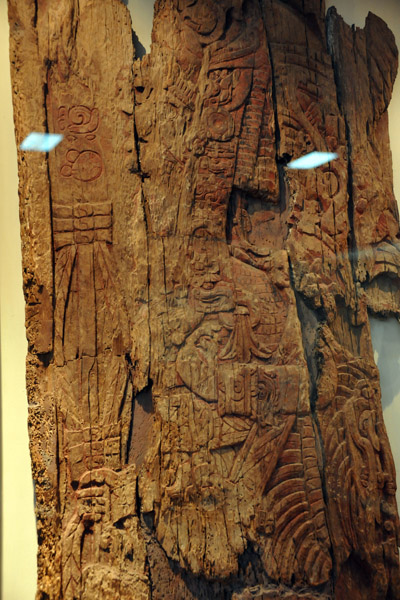
Wooden lintel No. 1, El Zotz (Petén), Late Classic Period 650-750 AD |
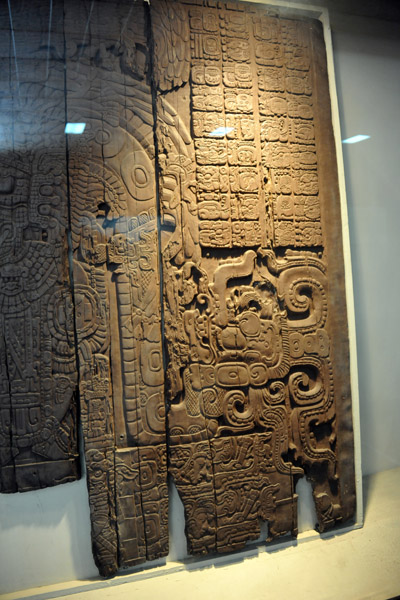
Lintel 3 from Temple IV, Tikal |
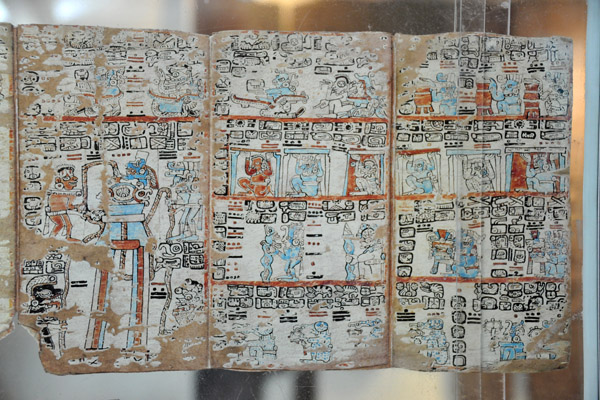
Copy of the Codex Tro-Cortesiano, part of the larger Madrid Codex |
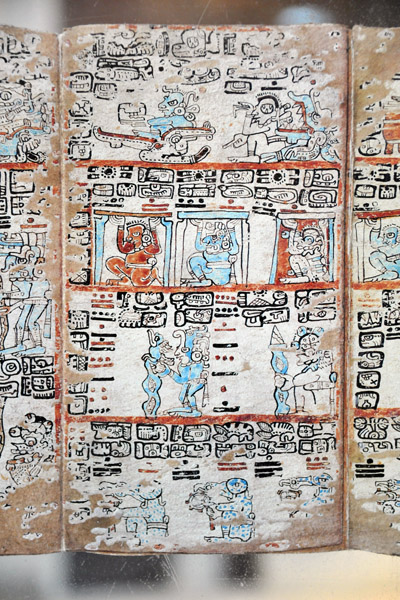
Códice Trocortesiano |
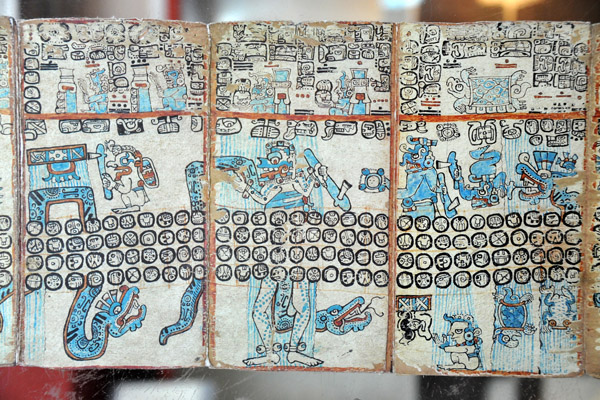
Only three pre-Columbian Mayan books survived the Spanish conquest |
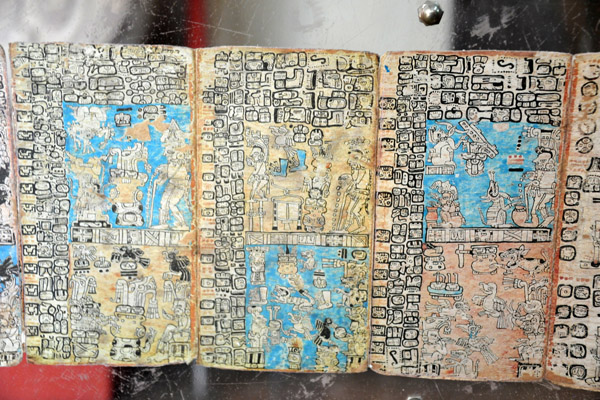
The Codex Tro-Cortesianus consists of 56 printed sheets |
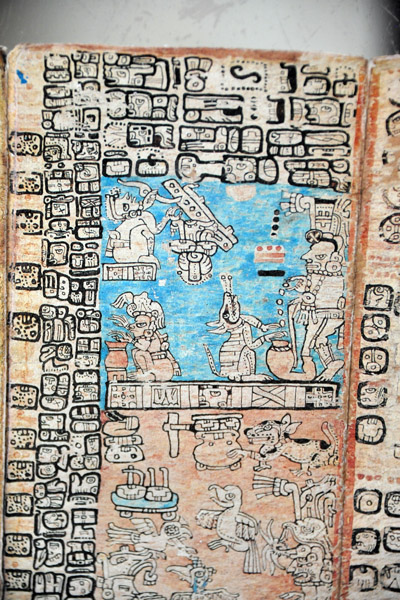
A page of the Codex Tro-Cortesianus |
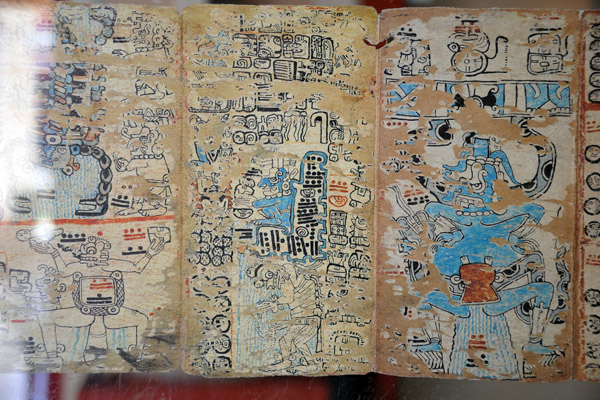
The Codex consists of almanacs and horoscopes used by Mayan priests |
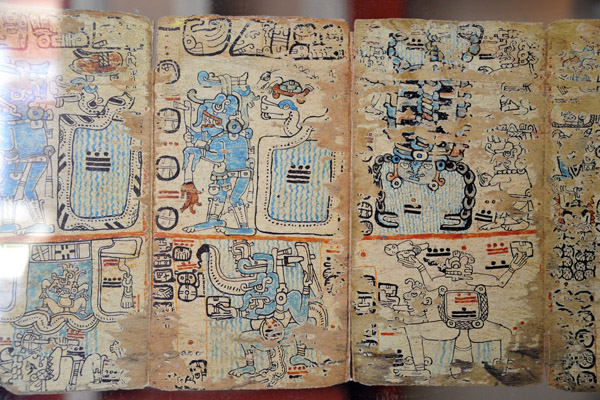
It is believed that the Codex Tro-Cortesianus was written in the Yucatan 1250-1450 AD |
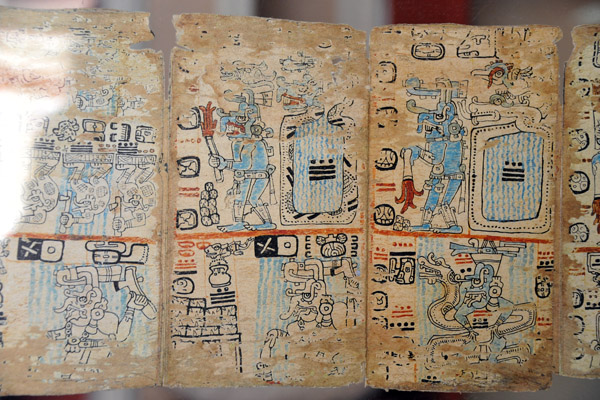
The Codex is thought to have been brought back to Spain by Hernan Cortes, but it was lost until the 1860's |
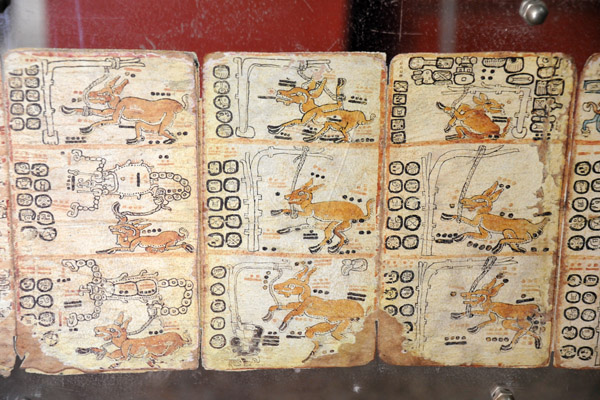
The original of the Codex Tro-Cortesianus is preserved at the Museo de América in Madrid |
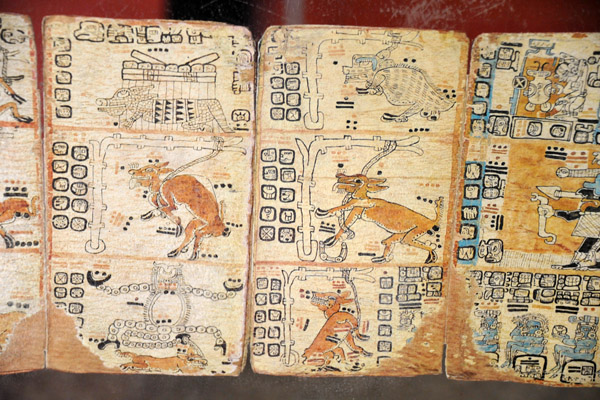
Page of the Mayan Codex Tro-Cortesianus copy of the Museo Nacional Arqueologia y Etnologia |
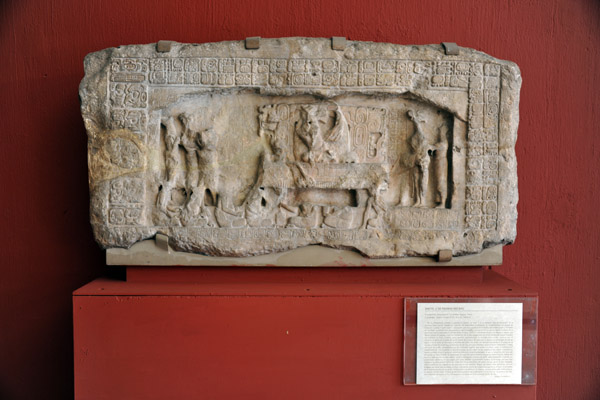
Lintel 3 from Piedras Negras, 8th C. AD |
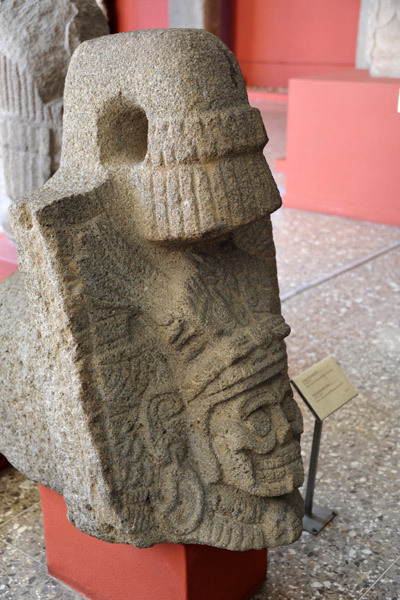
Anthropomorphic Tenon, South Coast |

GuatemalaJan12 2275.jpg |
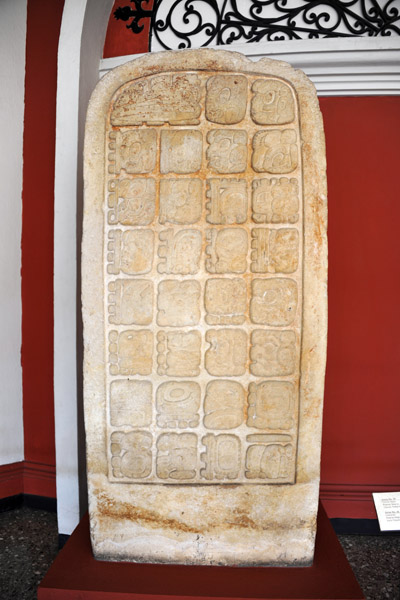
Stela 36, Piedras Negras (Petén), Early Classic Period, 445 AD |
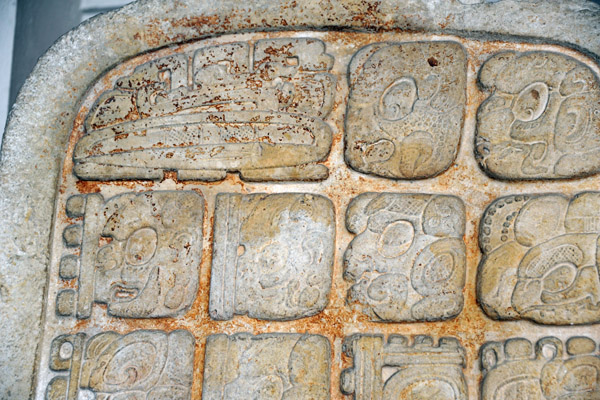
Detail of Stela 36, Piedras Negras, 445 AD |
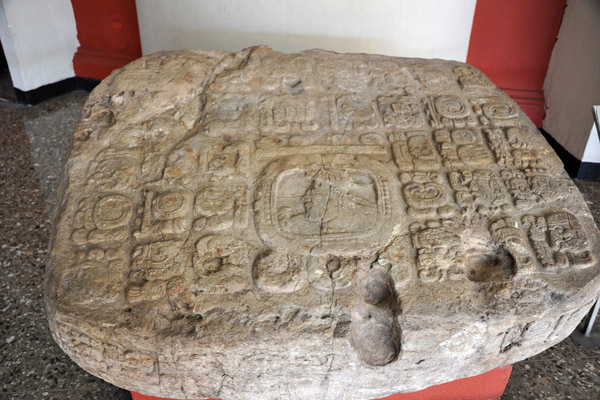
Altar of Puerto Barrios, Izabal, Late Classic Period 746 AD |
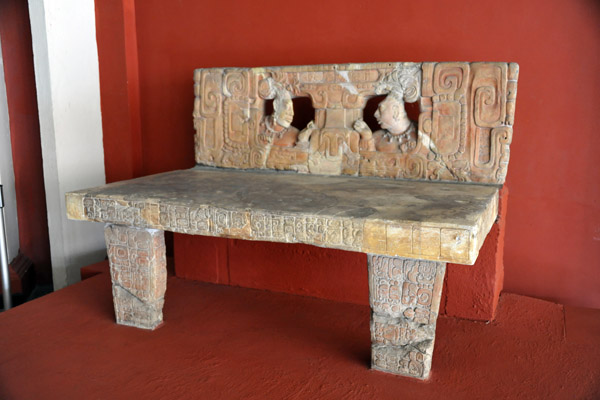
Throne 1 of Piedras Negras, Late Classic Period, 785 AD |
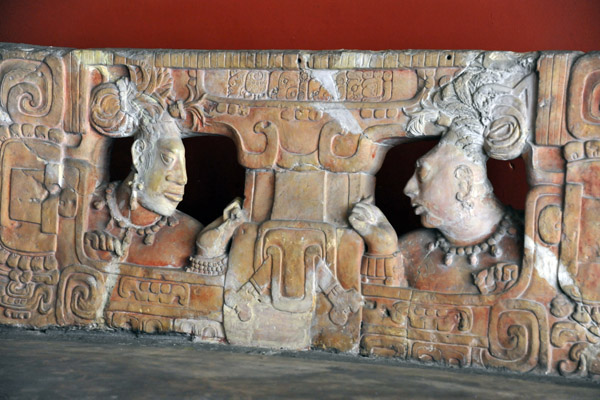
Detail of the back of the Piedras Negras Throne |
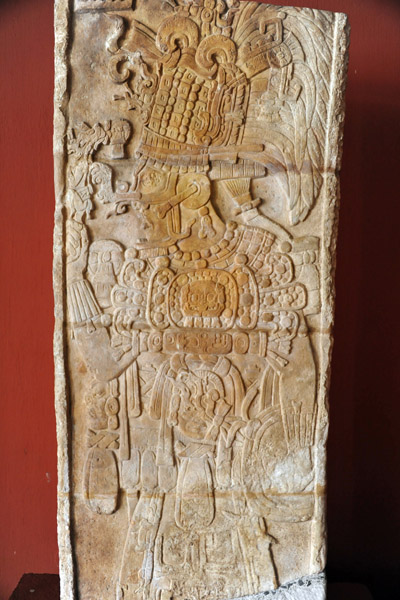
Stela 11, Dos Pilas (Petén), Late Classic Period (600-900 AD) |
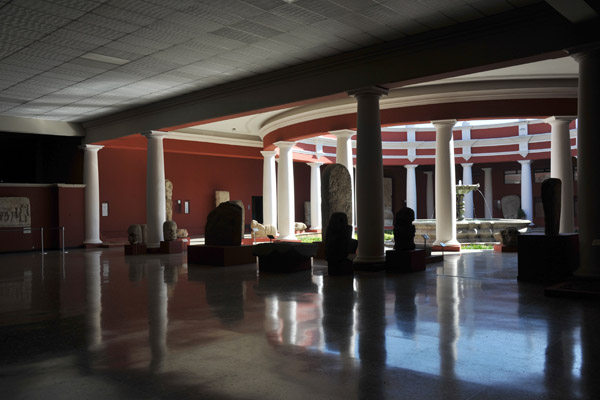
National Archaeological Museum of Guatemala City |
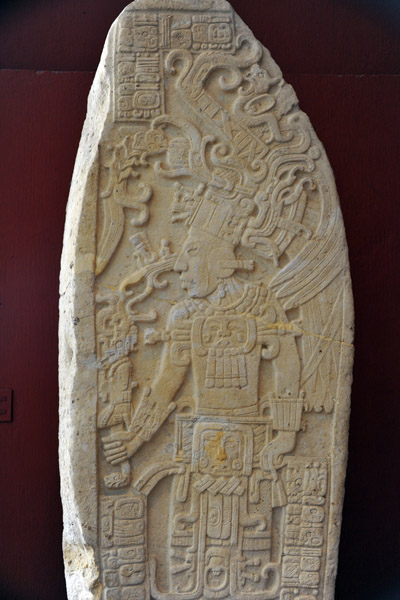
Stela 7, Machaquila (Petén), Late Classic Period 830 AD |
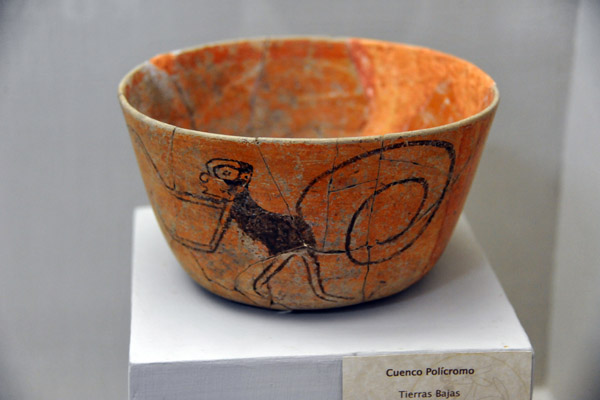
Polychrome vessel, Topoxte, Late Classic Period 800-925 AD |
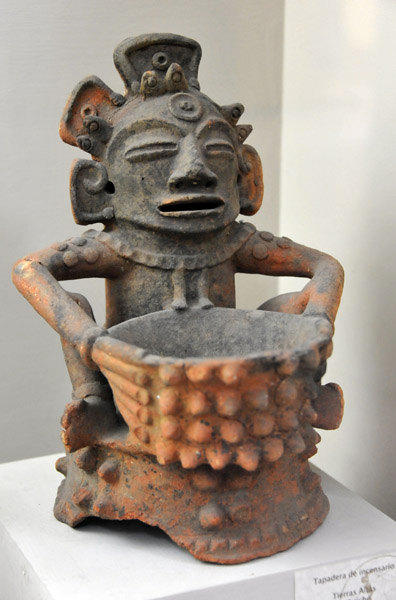
Incense Burner, El Quiché, Postclassic Period, 925-1524 |
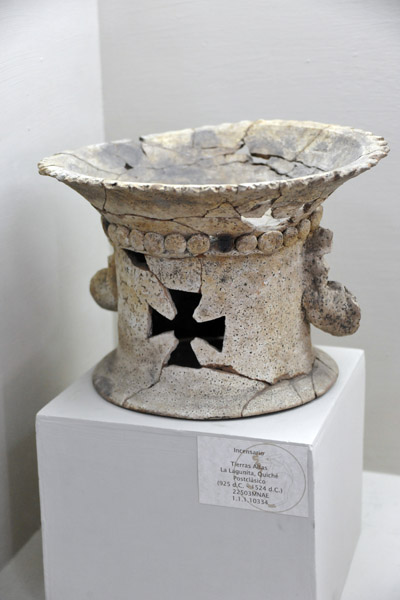
Incense Burner, La Lagunita, Postclassic Period, 925-1524 |
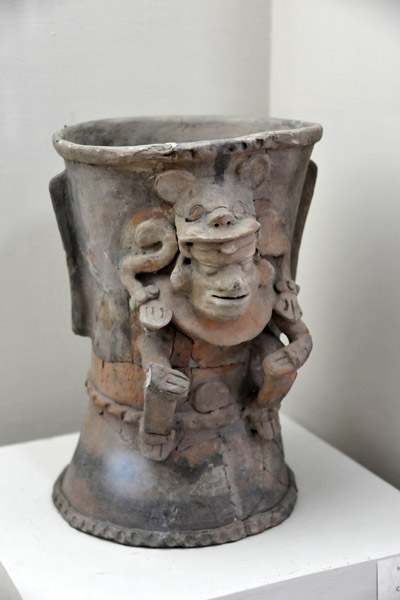
Incense Burner with Effigy, Cauinal, Postclassic Period 925-1524 |
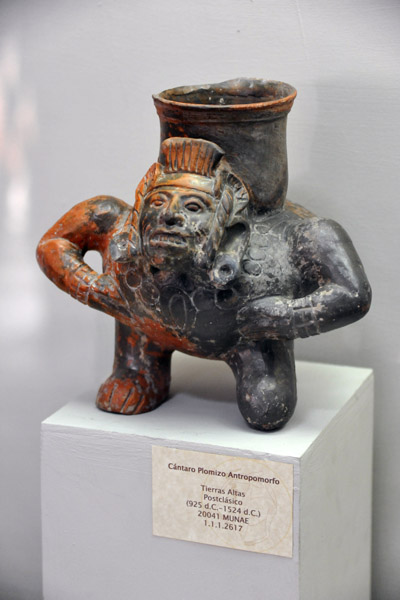
Lead decanter, Highlands, Postclassic Period 925-1524 |
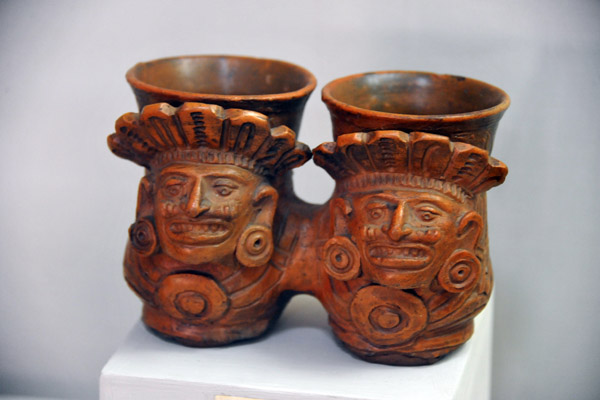
Double vessel with effigies, San Andrés Sajcabaja, Postclassic Period 925-1524 |
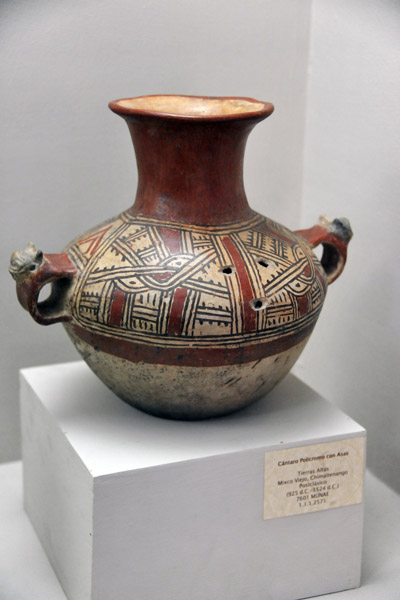
Polychromatic vessel with handles, Chimaltenango, Postclassic Period 925-1524 |
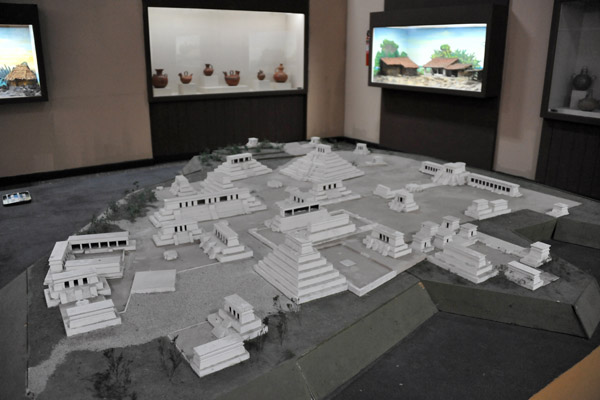
Model of the archaeological site of Zaculeu, Guatemala |
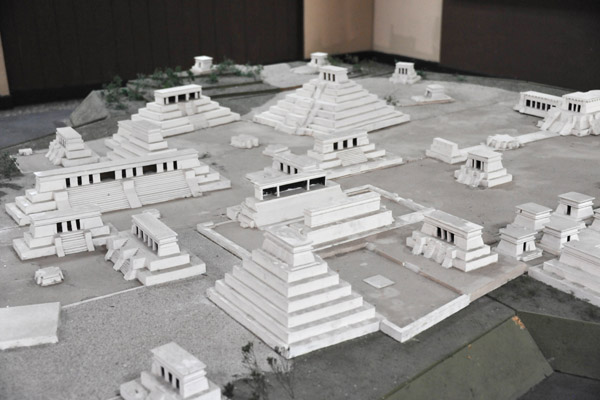
Model of the archaeological site of Zaculeu, Guatemala |
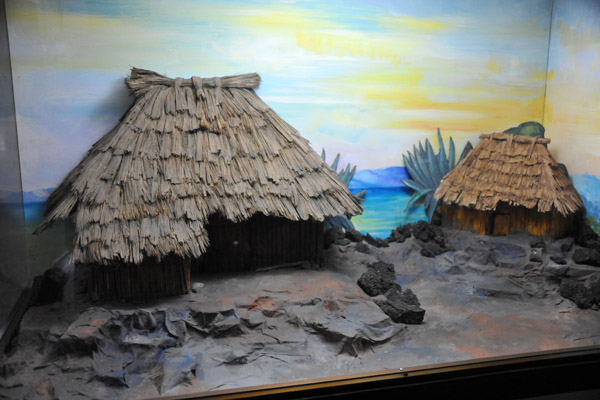
Ethnographic section of the museum - village diorama |
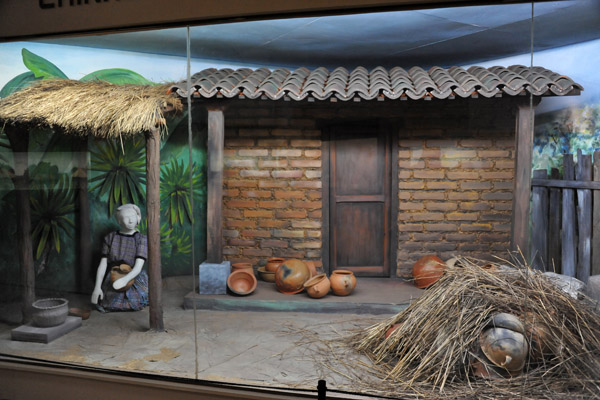
Ethnographic section of the museum - village diorama |
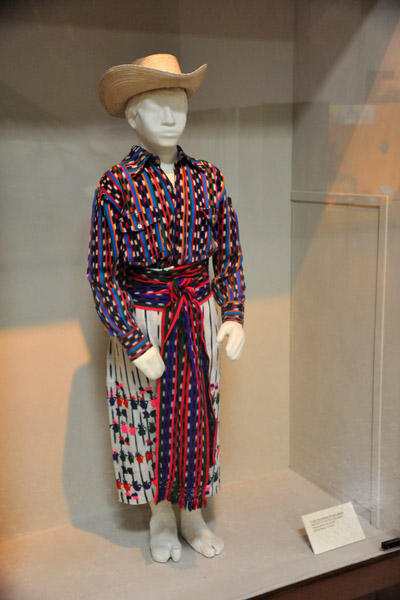
Man's outfit for daily use, San Pedro La Laguna |
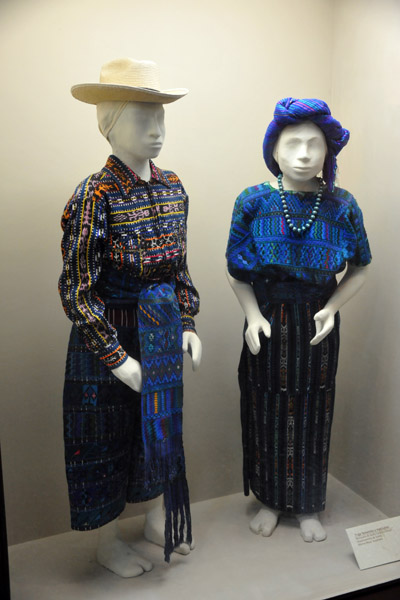
Men and women's suits, Santa Catarina Palopó (Sololá) |
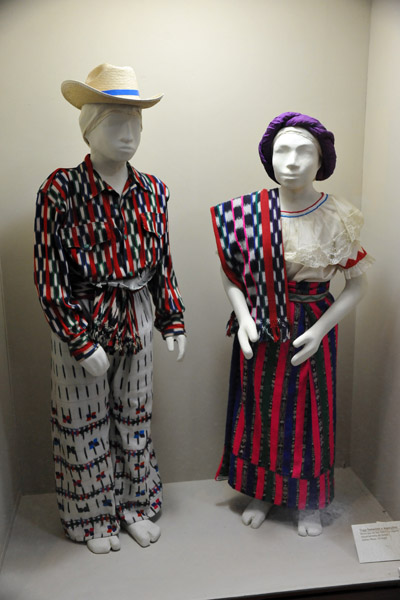
Men and women's suits, San Pedro La Laguna |
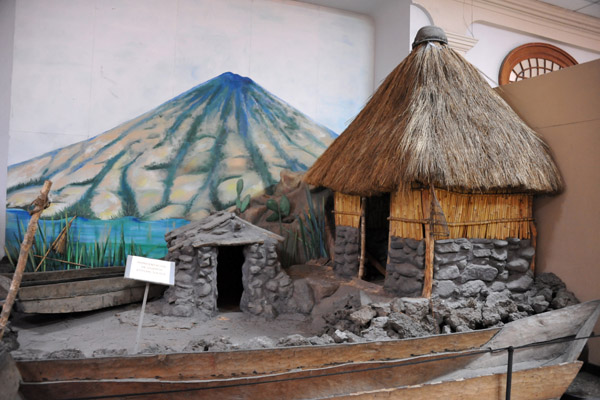
Representation of a dwelling at Lake Atitlan |
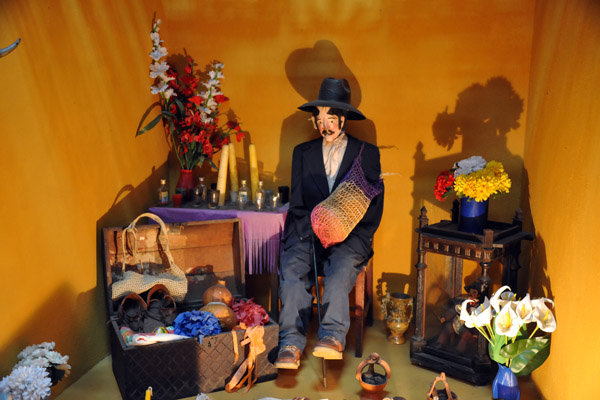
The Cult of Maximon |
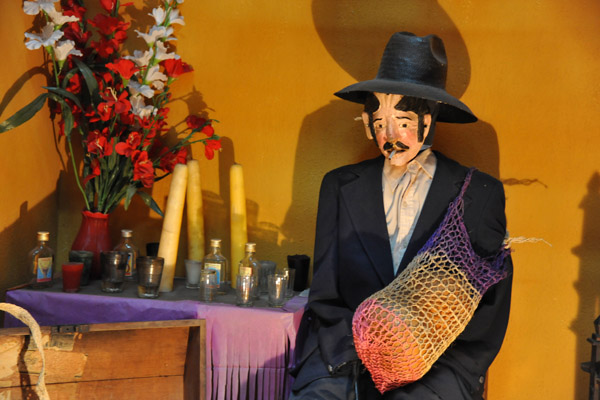
The Cult of Maximon |
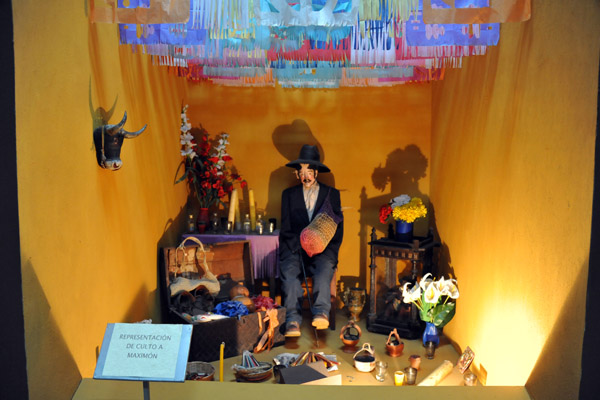
The Cult of Maximon |
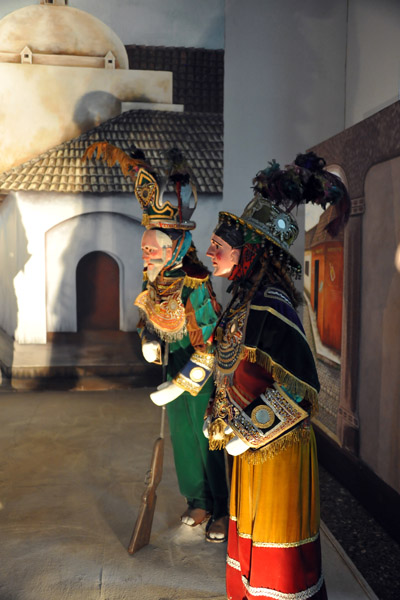
Danza del Venado - Dance of the Deer |

Danza del Venado - Dance of the Deer |
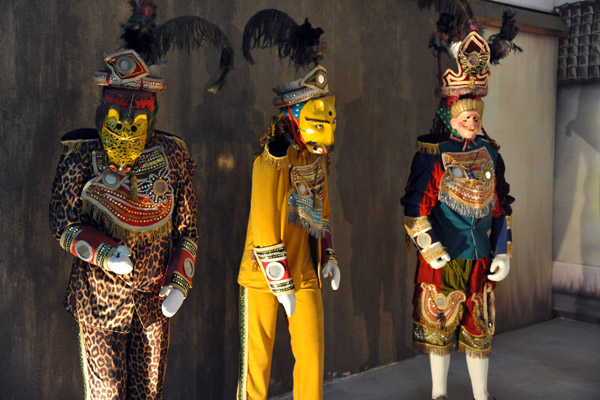
Danza del Venado - Dance of the Deer |
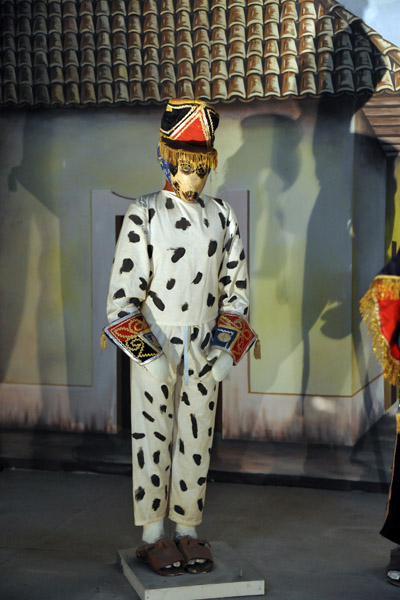
Danza del Venado - Dance of the Deer |
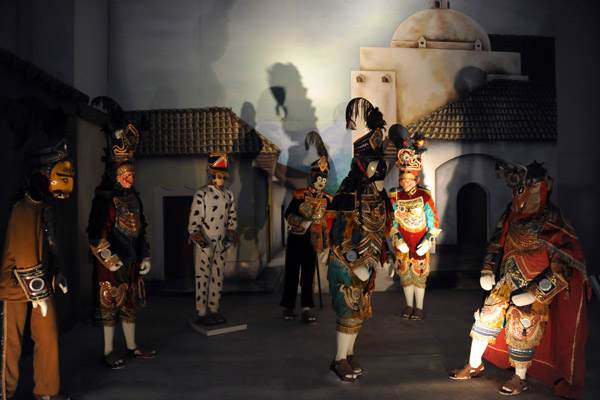
Danza del Venado - Dance of the Deer |
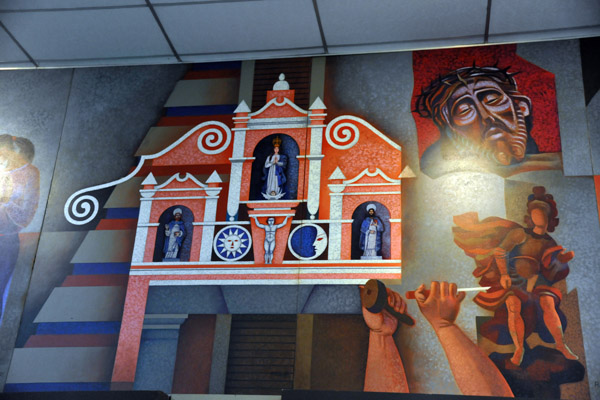
Mural - National Museum of Archaeology and Ethnology, Guatemala City |
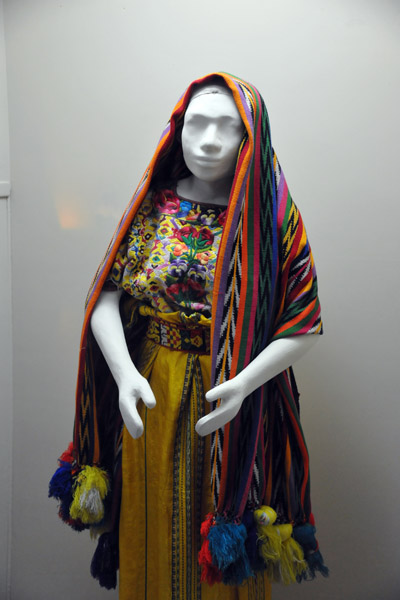
Daily use woman's dress - San Pedro Sacatepéquez |
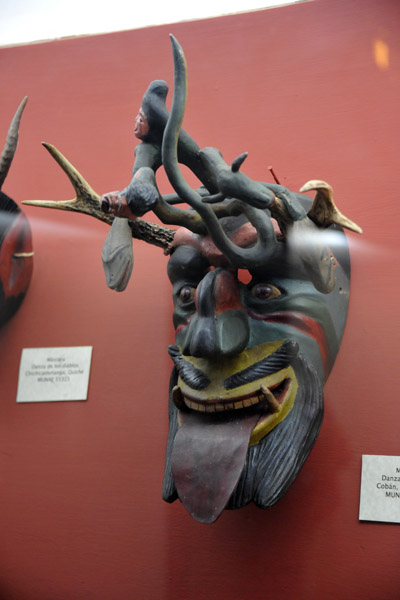
Mask from the Dance of the Devils, Cobán, Alta Verapaz |
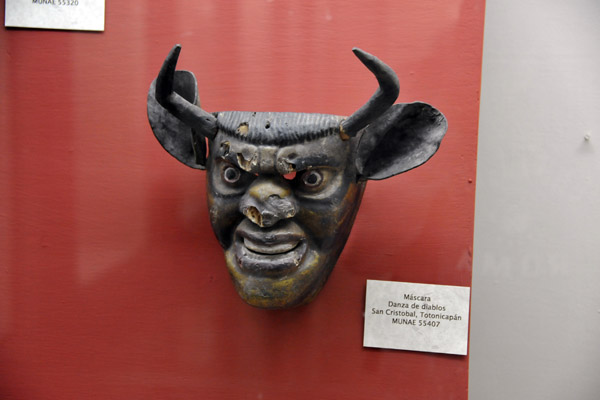
Máscara - Danza de diablos, San Cristobal, Totonicapán |
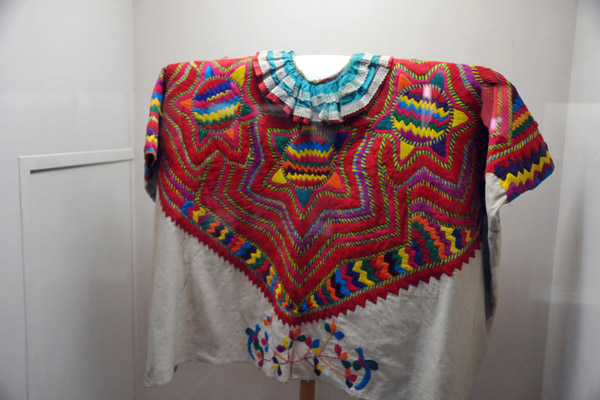
Traditional Clothing - Huipil, San Mateo Ixtatán |
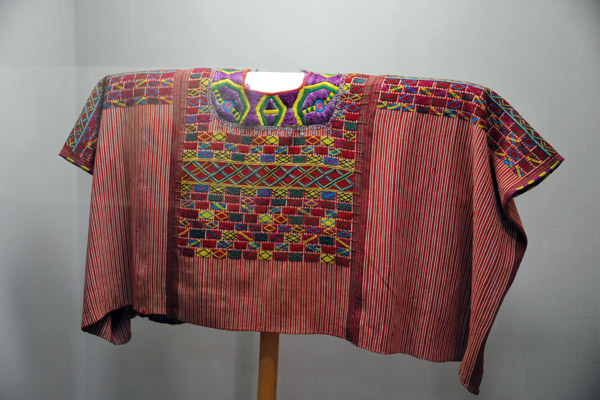
Traditional Clothing - Huipil, San Mateo Ixtatán |
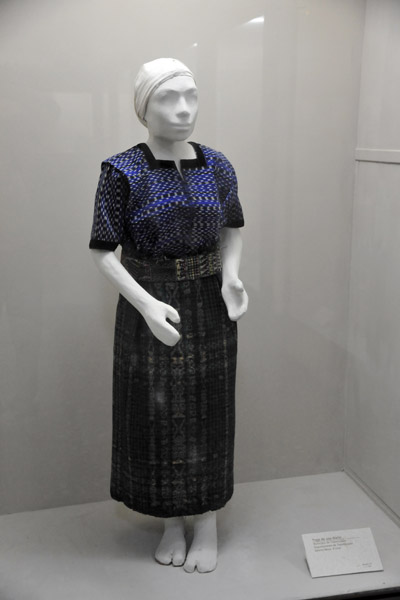
Woman's dress for daily use (K'iche') - Totonicapán |











